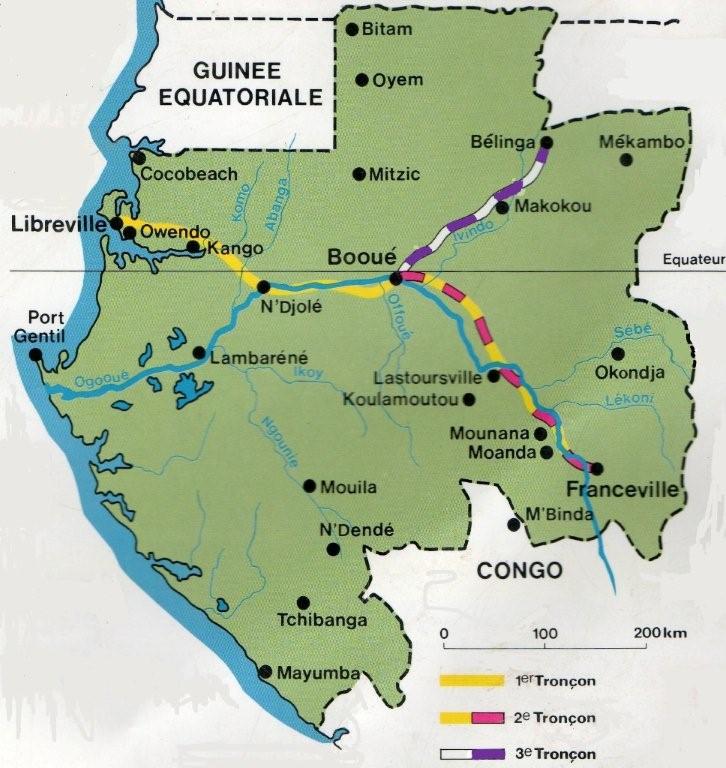
Deutsch-Chinesische Enzyklopädie, 德汉百科
 Transport and traffic
Transport and traffic


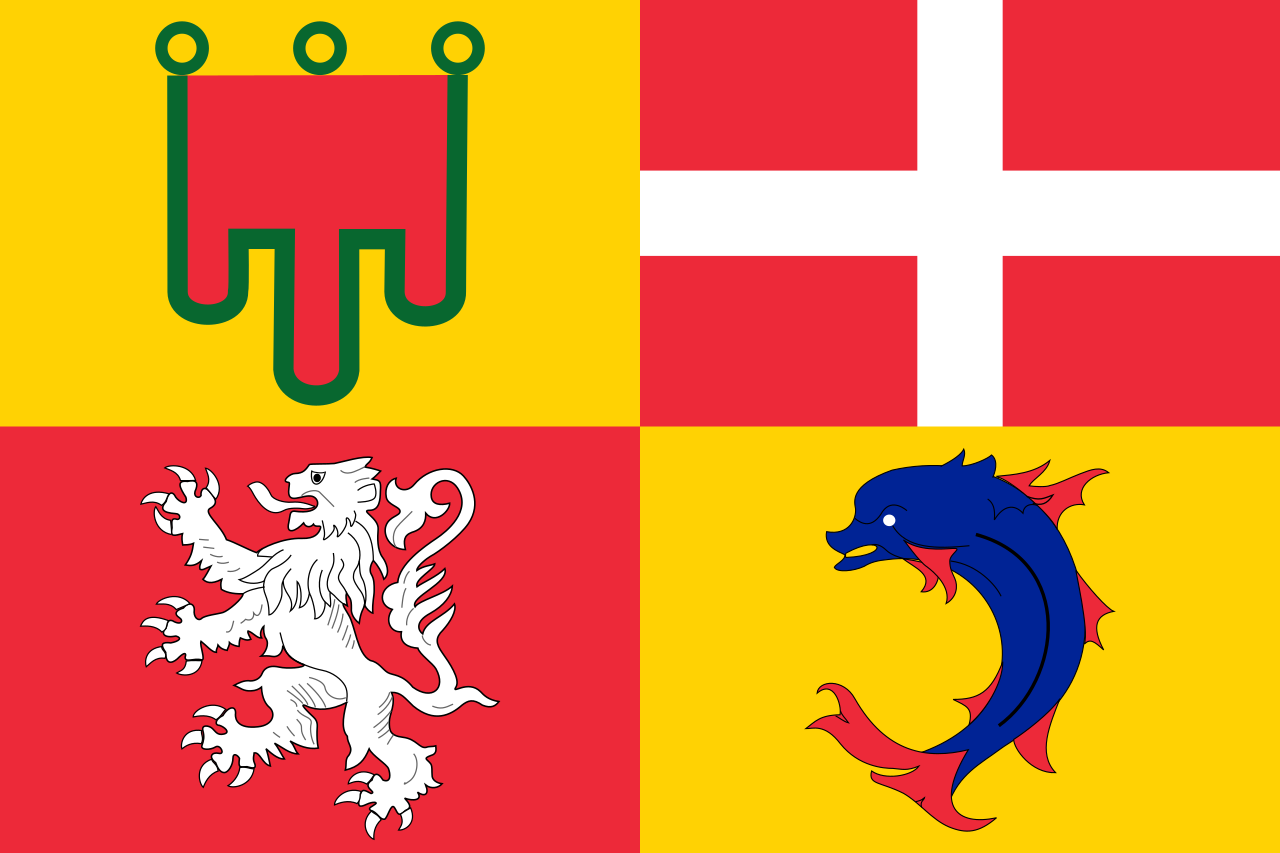 Auvergne-Rhône-Alpes
Auvergne-Rhône-Alpes

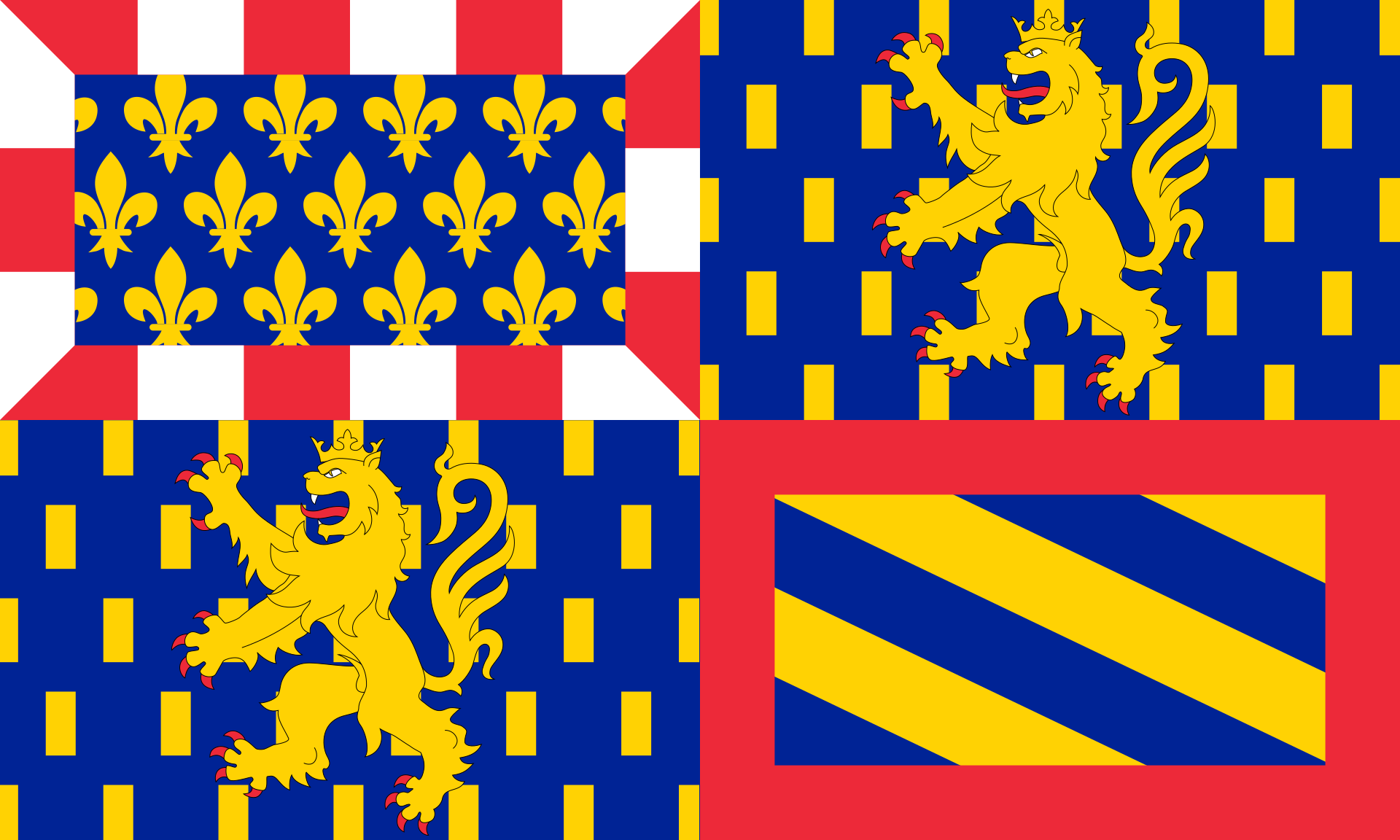 Bourgogne-Franche-Comté
Bourgogne-Franche-Comté

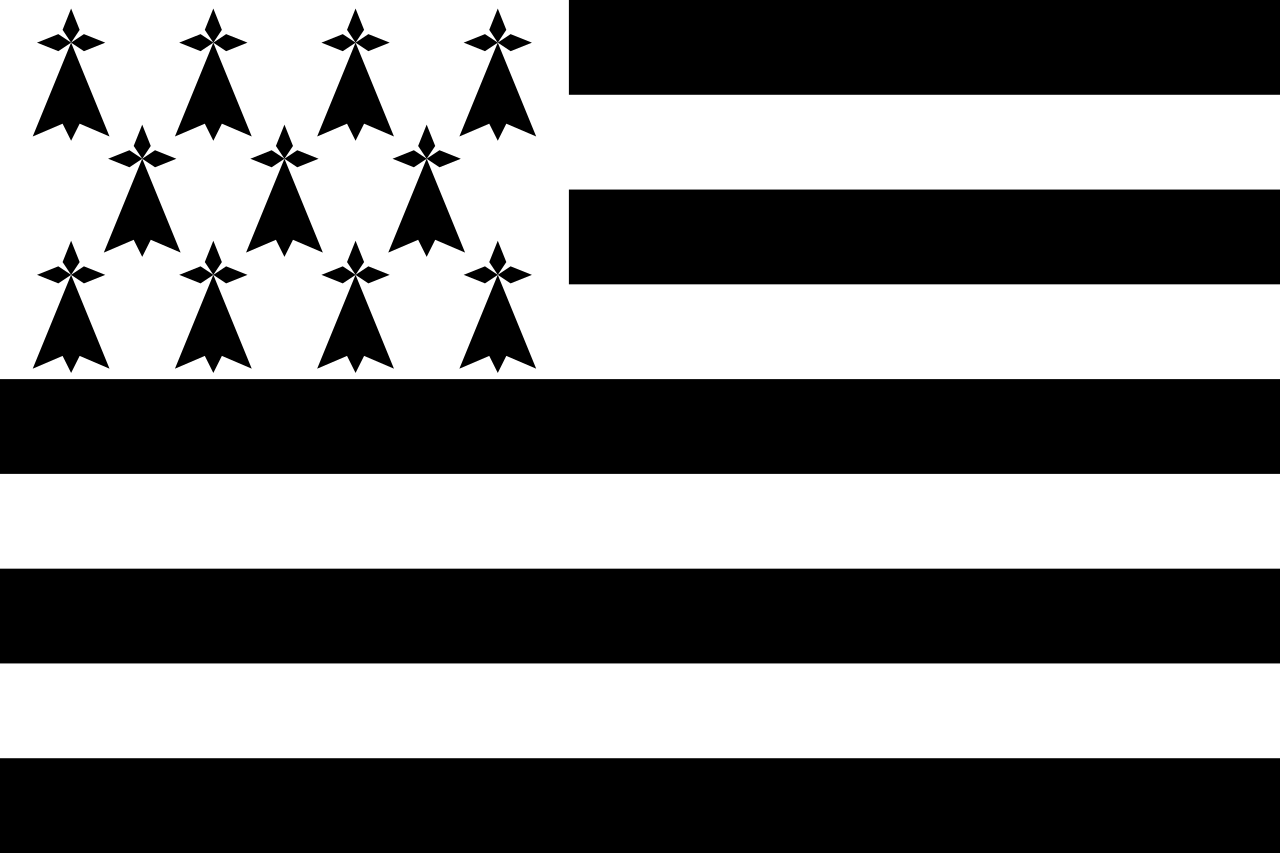 Bretagne
Bretagne

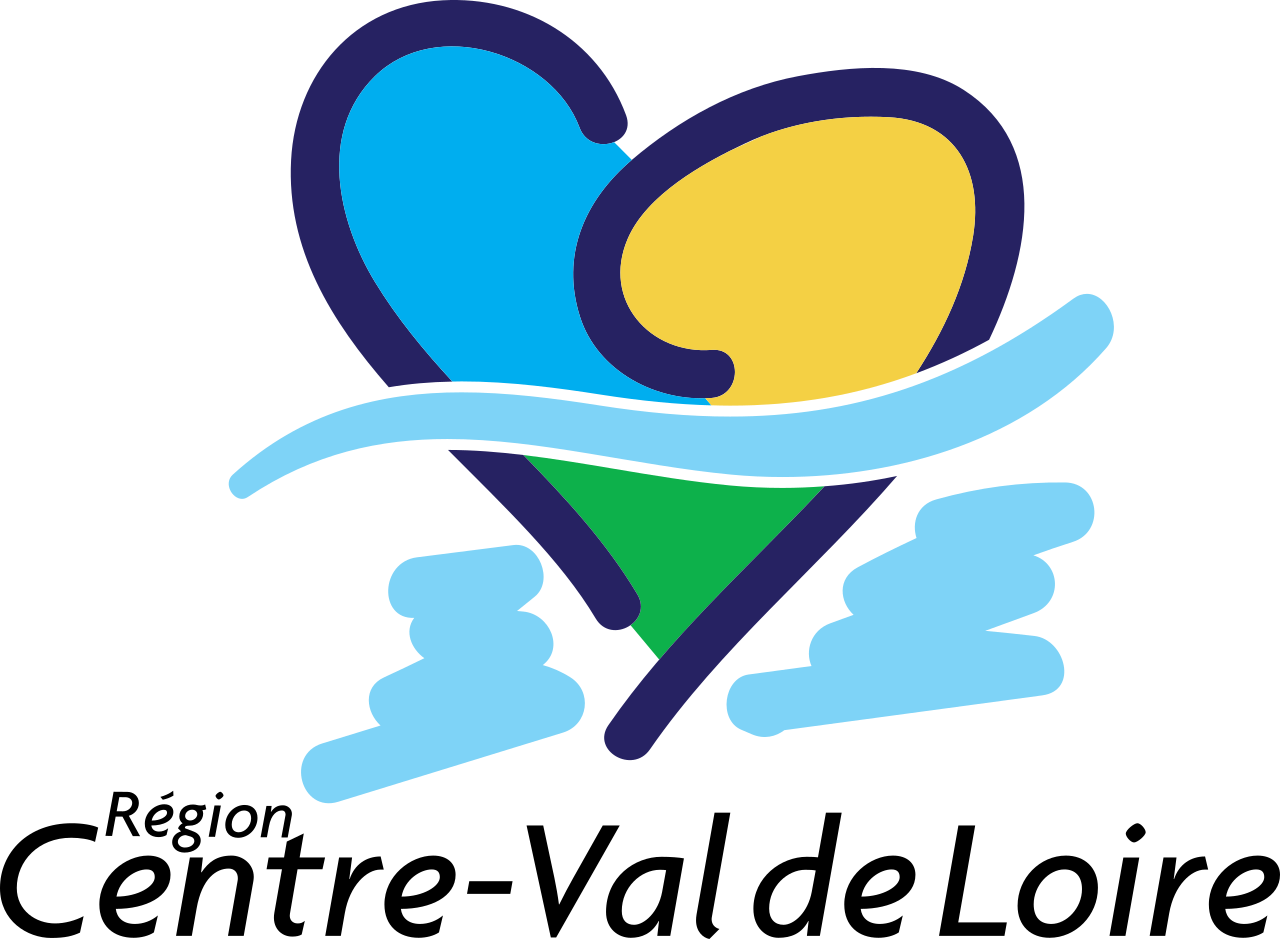 Centre-Val de Loire
Centre-Val de Loire

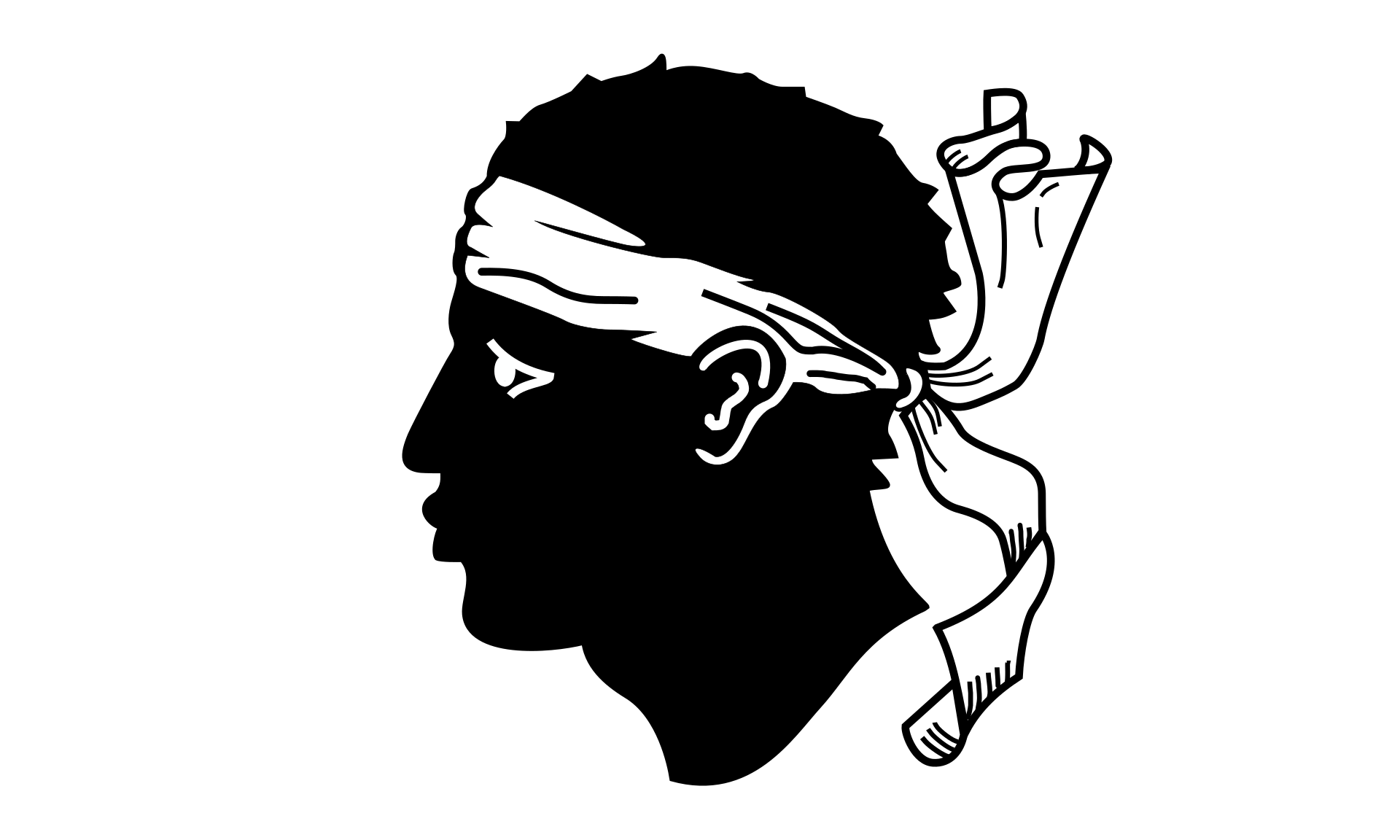 Corse
Corse
 Franche-Comté
Franche-Comté
 France
France

 Grand Est
Grand Est

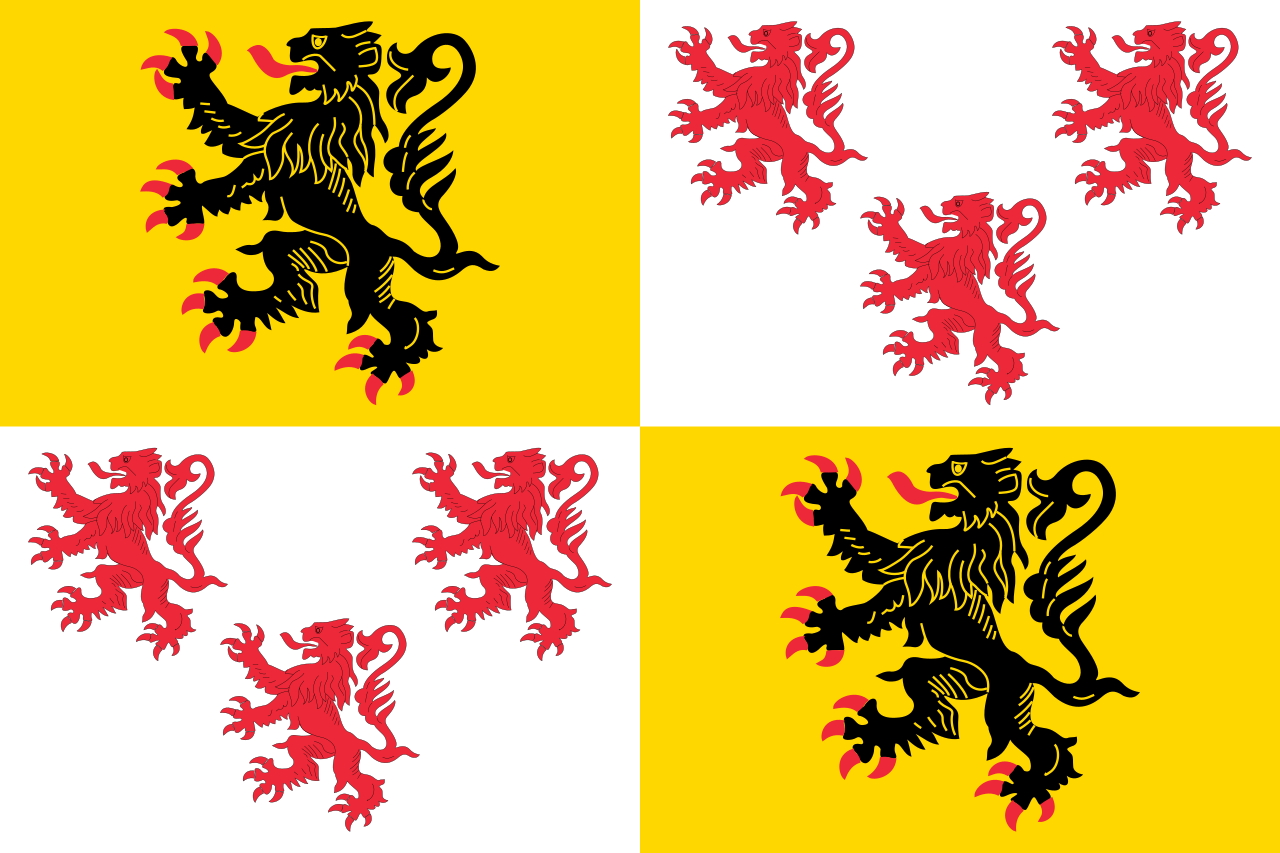 Hauts-de-France
Hauts-de-France

 Ile-de-France
Ile-de-France

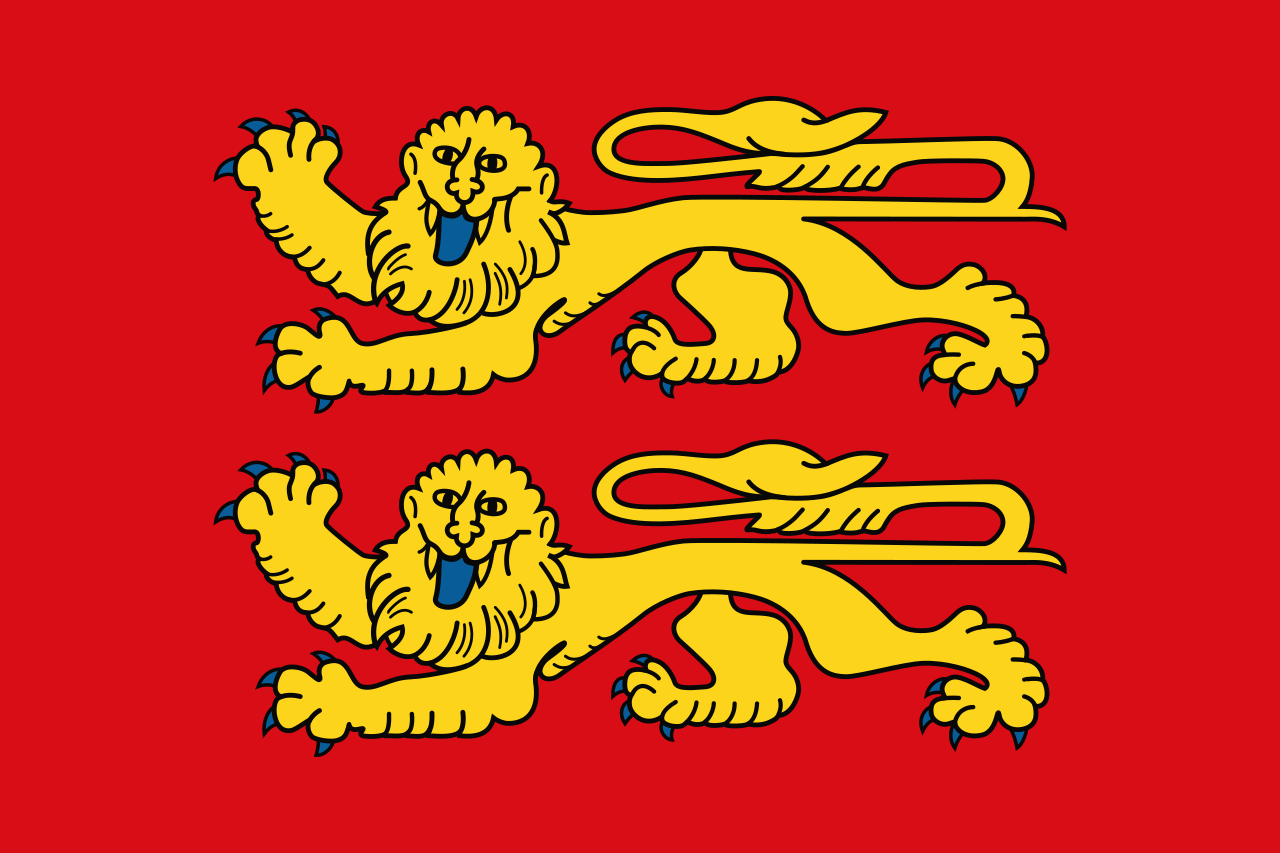 Normandie
Normandie

 Normandie
Normandie

 Normandie
Normandie

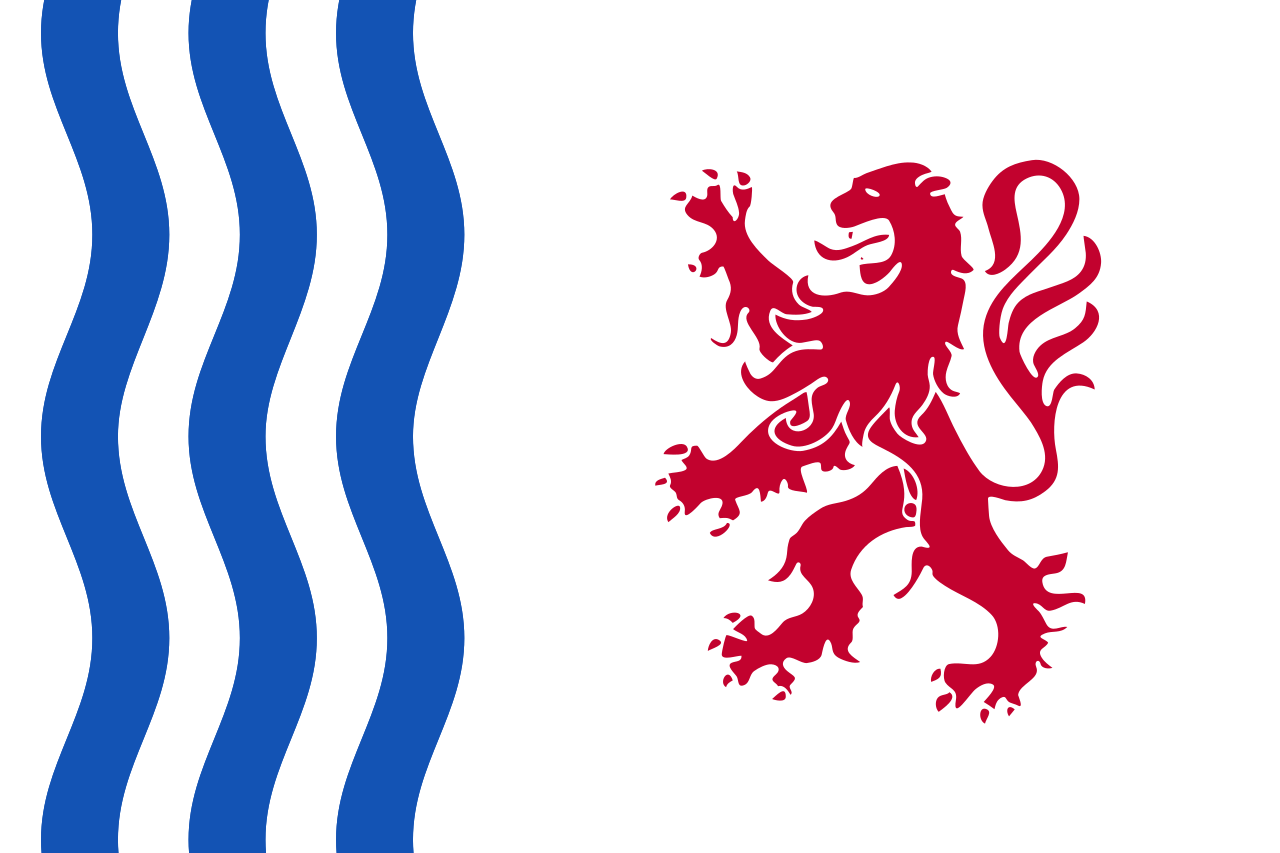 Nouvelle-Aquitaine
Nouvelle-Aquitaine

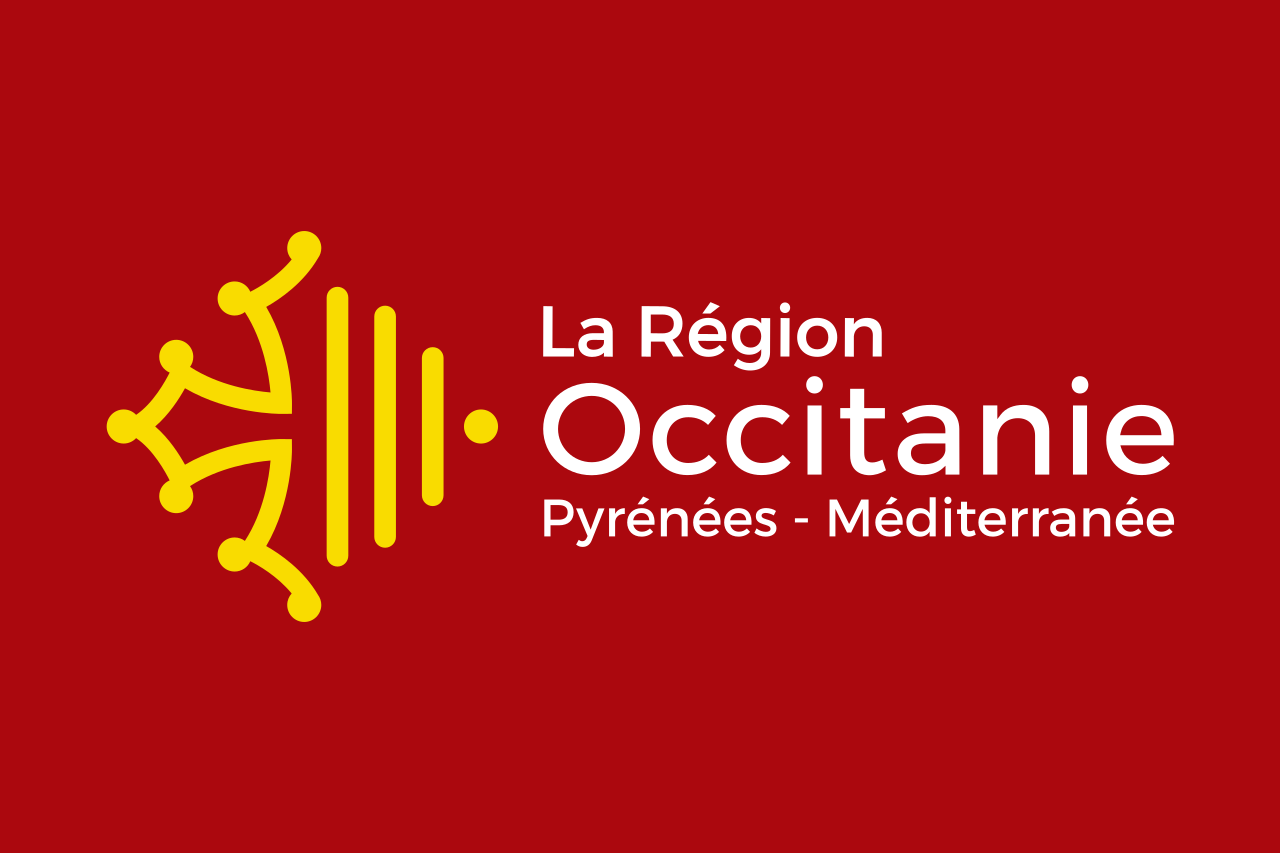 Occitania
Occitania

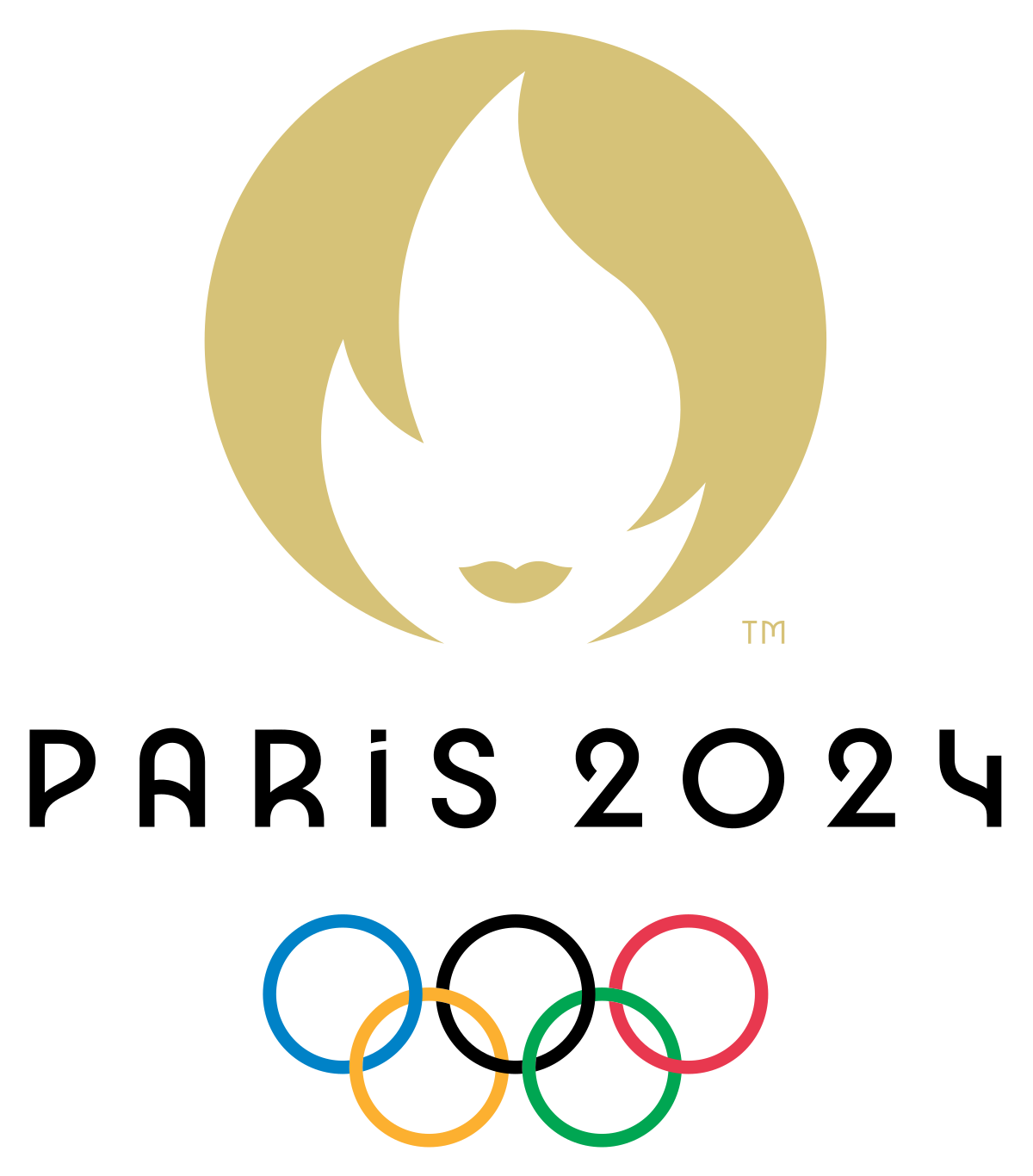 2024 Summer Olympics
2024 Summer Olympics

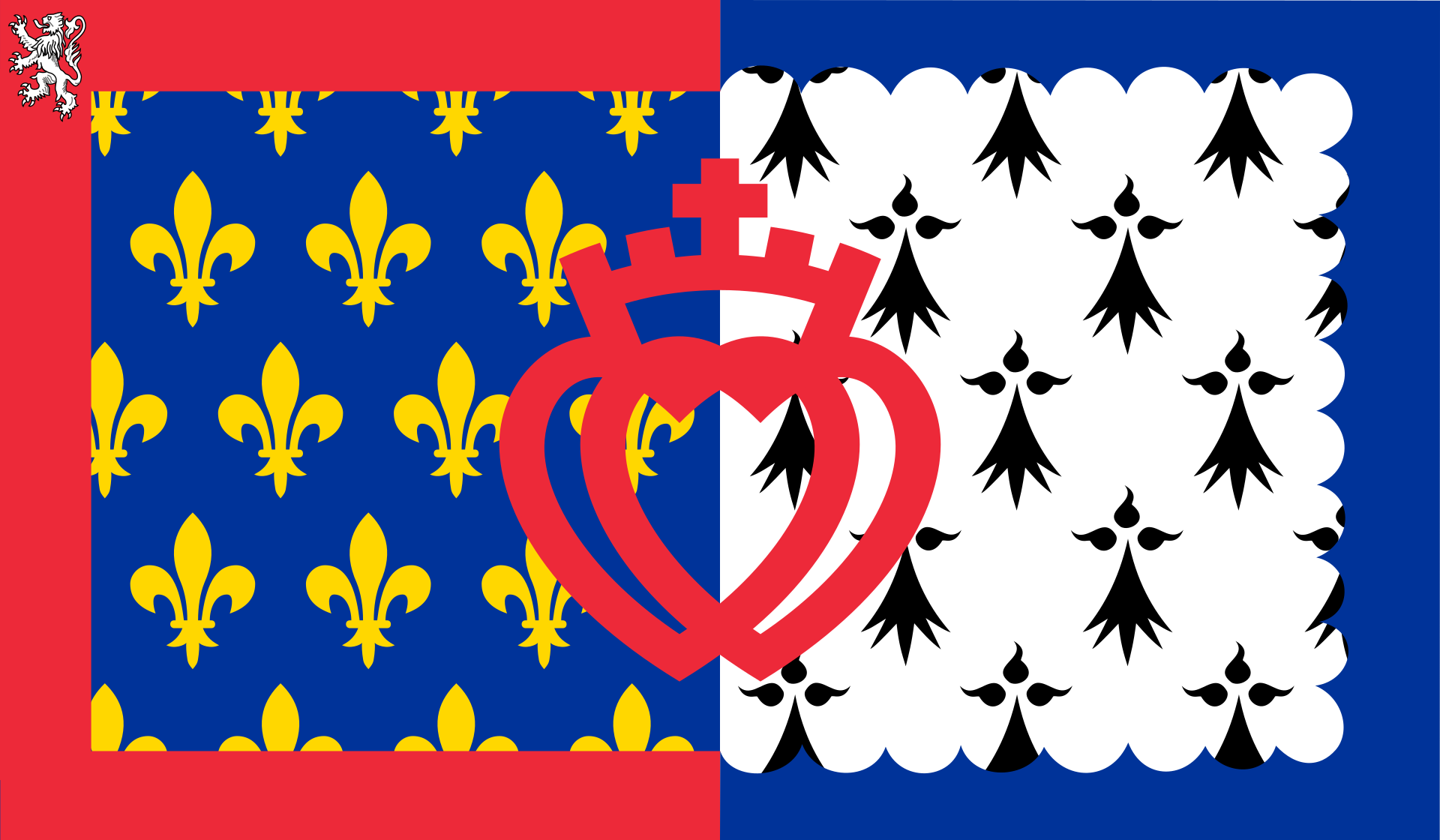 Pays-de-la-Loire
Pays-de-la-Loire

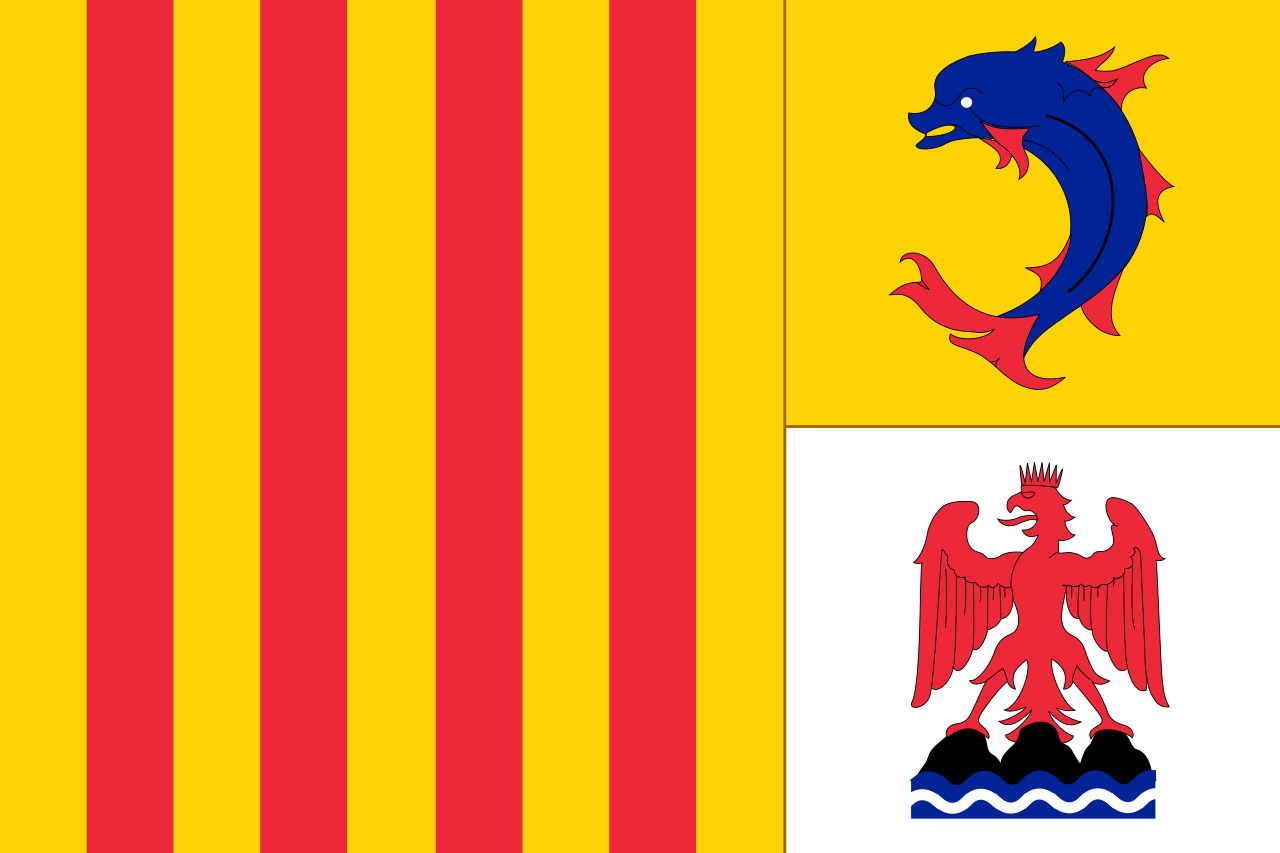 Provence-Alpes-Côte d´Azur
Provence-Alpes-Côte d´Azur

 Transport and traffic
Transport and traffic
 High speed traffic
High speed traffic

 737 Classic
737 Classic
 737-400
737-400
 Airbus A330
Airbus A330
 A330-300
A330-300
 Airbus A350
Airbus A350
 A350-900
A350-900
 Airbus A380
Airbus A380
 A380-800
A380-800
 Boeing 737
Boeing 737
 737 Classic
737 Classic
 Boeing 777
Boeing 777
 777-200
777-200
 Boeing 777
Boeing 777
 777-200ER
777-200ER
 Boeing 777
Boeing 777
 777-300
777-300
 Boeing 777
Boeing 777
 777-300ER
777-300ER
 Boeing 787
Boeing 787
 Boeing 787-8
Boeing 787-8
 Boeing 787
Boeing 787
 Boeing 787-9
Boeing 787-9

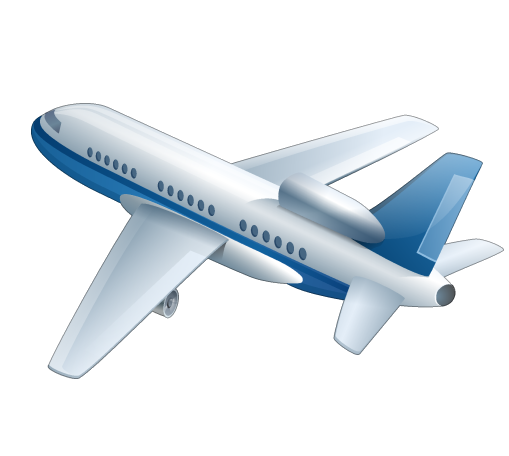
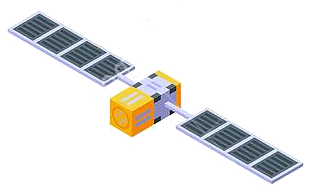
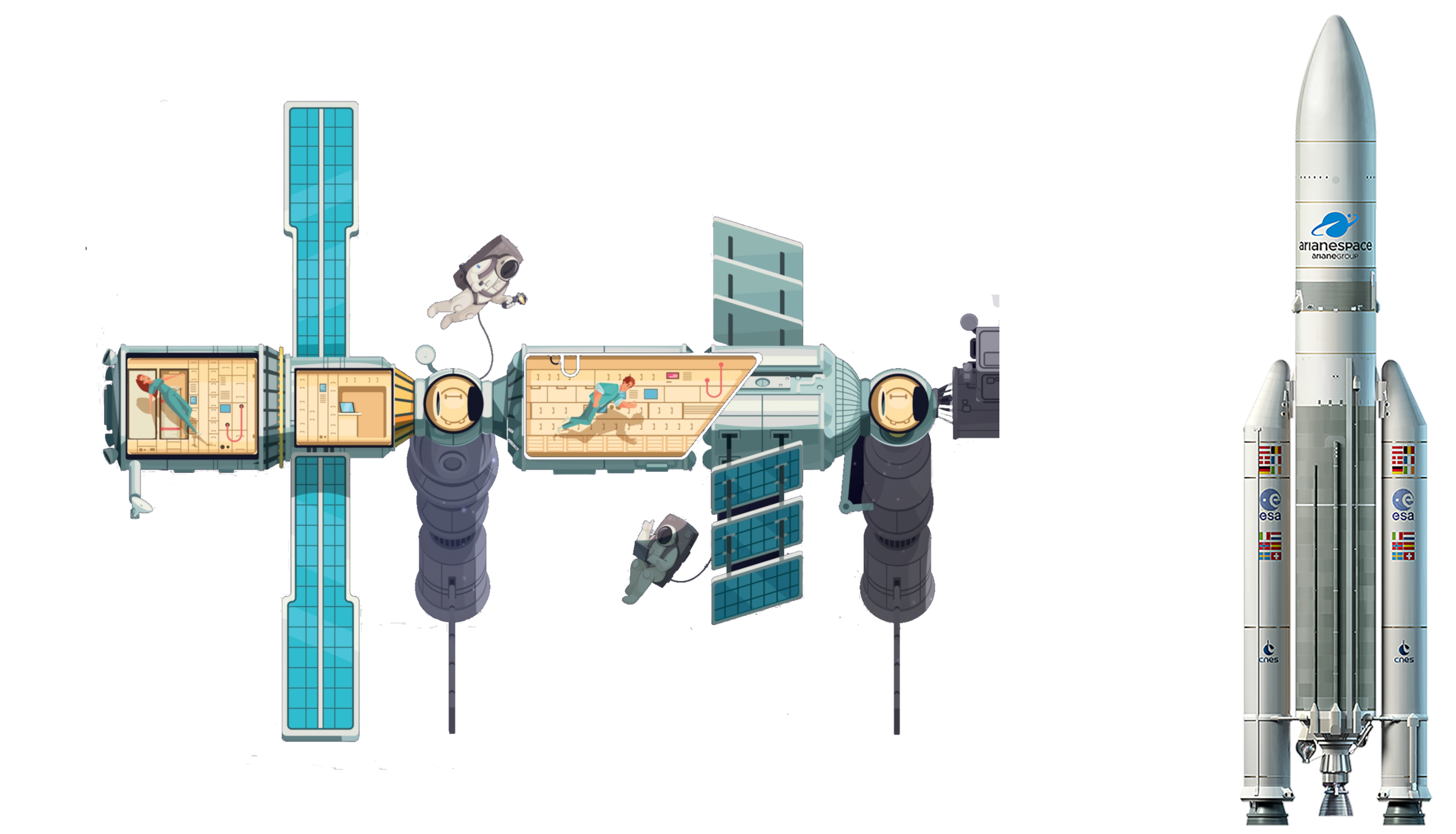 Aerospace
Aerospace
 Star Alliance
Star Alliance
 Thai Airways International
Thai Airways International
 Thailand
Thailand

 Companies
Companies

 Alstom
Alstom
 Thalys
Thalys
 Belgium
Belgium
 Germany
Germany
 France
France

 Ile-de-France
Ile-de-France
 Netherlands
Netherlands

 North Rhine-Westphalia
North Rhine-Westphalia
 High speed train technology
High speed train technology
 Rad-Schiene-System
Rad-Schiene-System
 High speed train technology
High speed train technology
 Central drive
Central drive

 Transport and traffic
Transport and traffic
 High speed train technology
High speed train technology

 Transport and traffic
Transport and traffic
 High speed traffic
High speed traffic

Eurostar ist ein europäischer Hochgeschwindigkeitszug, der zwischen Paris und Amsterdam sowie zwischen Paris und Dortmund verkehrt; dieser wurden bis 2023 unter der Marke Thalys (im deutschen Sprachgebrauch [ˈtaːlɪs]) betrieben. Kernstrecke ist die nahezu halbstündlich ohne Zwischenhalt bediente Verbindung zwischen Paris und Brüssel, die am dichtesten getaktete und schnellste Direktverbindung zweier europäischer Hauptstädte. Die 314 Kilometer werden in 82 Minuten zurückgelegt, die mittlere Reisegeschwindigkeit beträgt 230 km/h (Stand Oktober 2023). Weitere Direktverbindungen werden von und nach Aachen, Köln, Düsseldorf, Duisburg, Essen, Dortmund sowie Amsterdam, Rotterdam und Antwerpen jeweils über Brüssel angeboten. Die eingesetzten Züge basieren auf der Technik des französischen TGV Réseau. Betreiber der Züge ist das belgische Unternehmen THI Factory, seit 2022 ein Tochterunternehmen der Eurostar Group, dessen Haupteigentümer die französische Bahngesellschaft SNCF ist. Ebenfalls als Eurostar vermarktet werden die Züge des Schwesterunternehmens Eurostar International.
大力士高速列车(法语:Thalys [talis],亦译作标枪女神高速列车、西北高速列车)曾是一项国际高速列车服务,由布鲁塞尔-里尔的HSL 1线发展而成。它由荷兰铁路、比利时国家铁路、法国国营铁路公司和德国铁路共同开发。
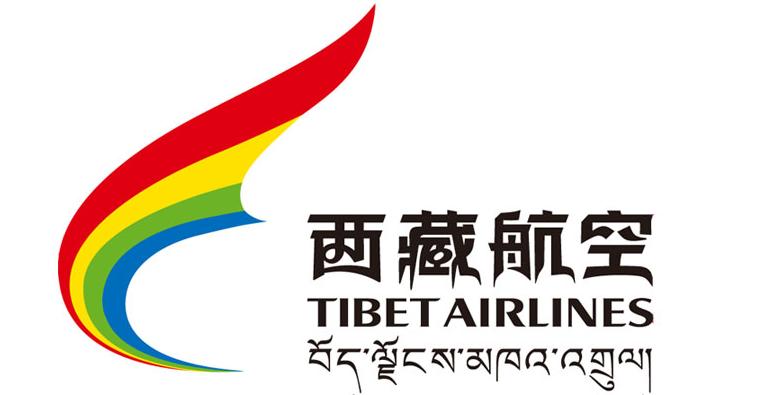
 China Airlines
China Airlines
 Tigerair Taiwan
Tigerair Taiwan
 Taiwan Sheng-TW
Taiwan Sheng-TW

 Transport and traffic
Transport and traffic

 Transport and traffic
Transport and traffic
 Low-cost airlines
Low-cost airlines

 Companies
Companies
 Mainland China,Hong Kong,Macau,Taiwan
Mainland China,Hong Kong,Macau,Taiwan

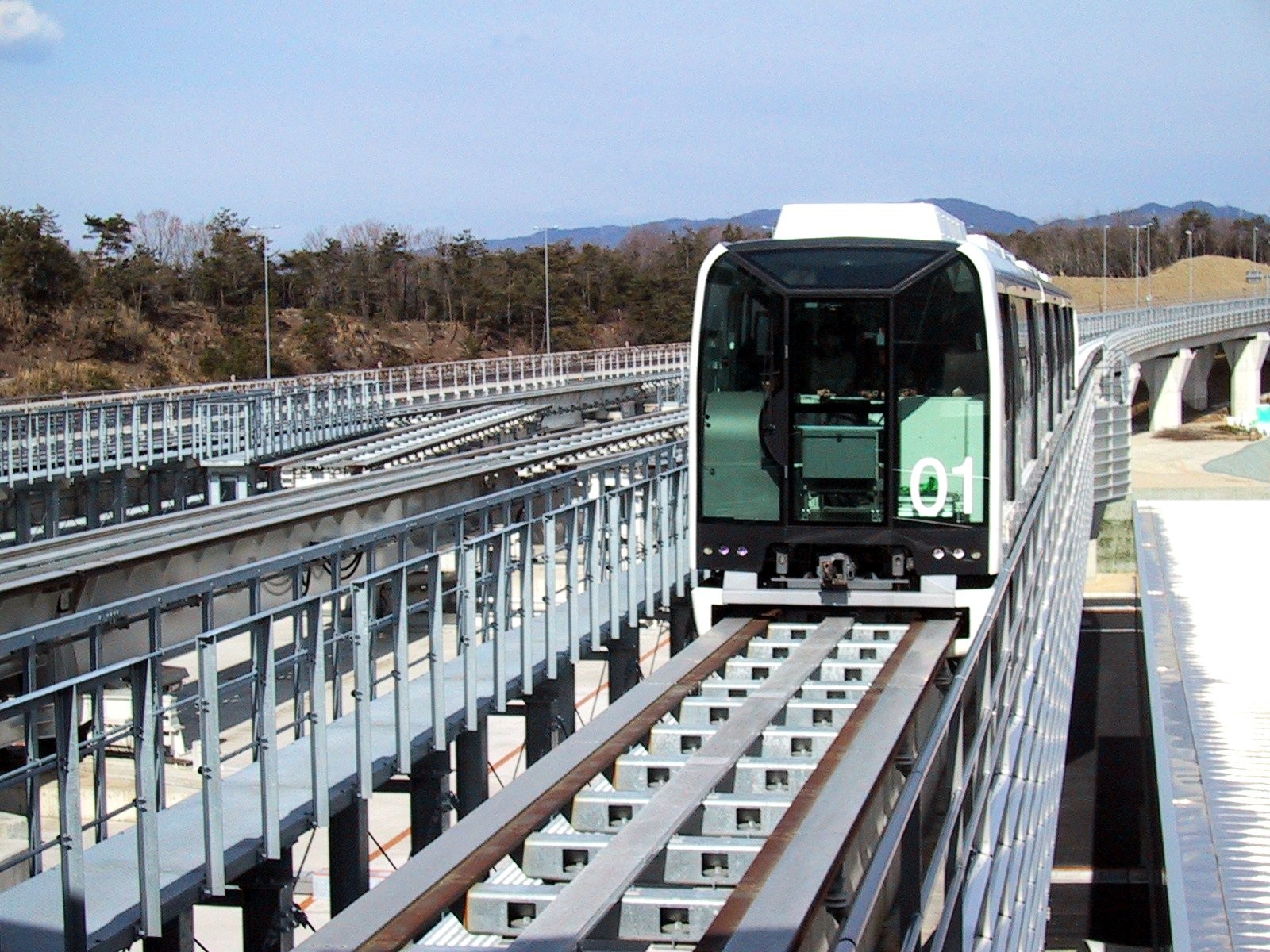

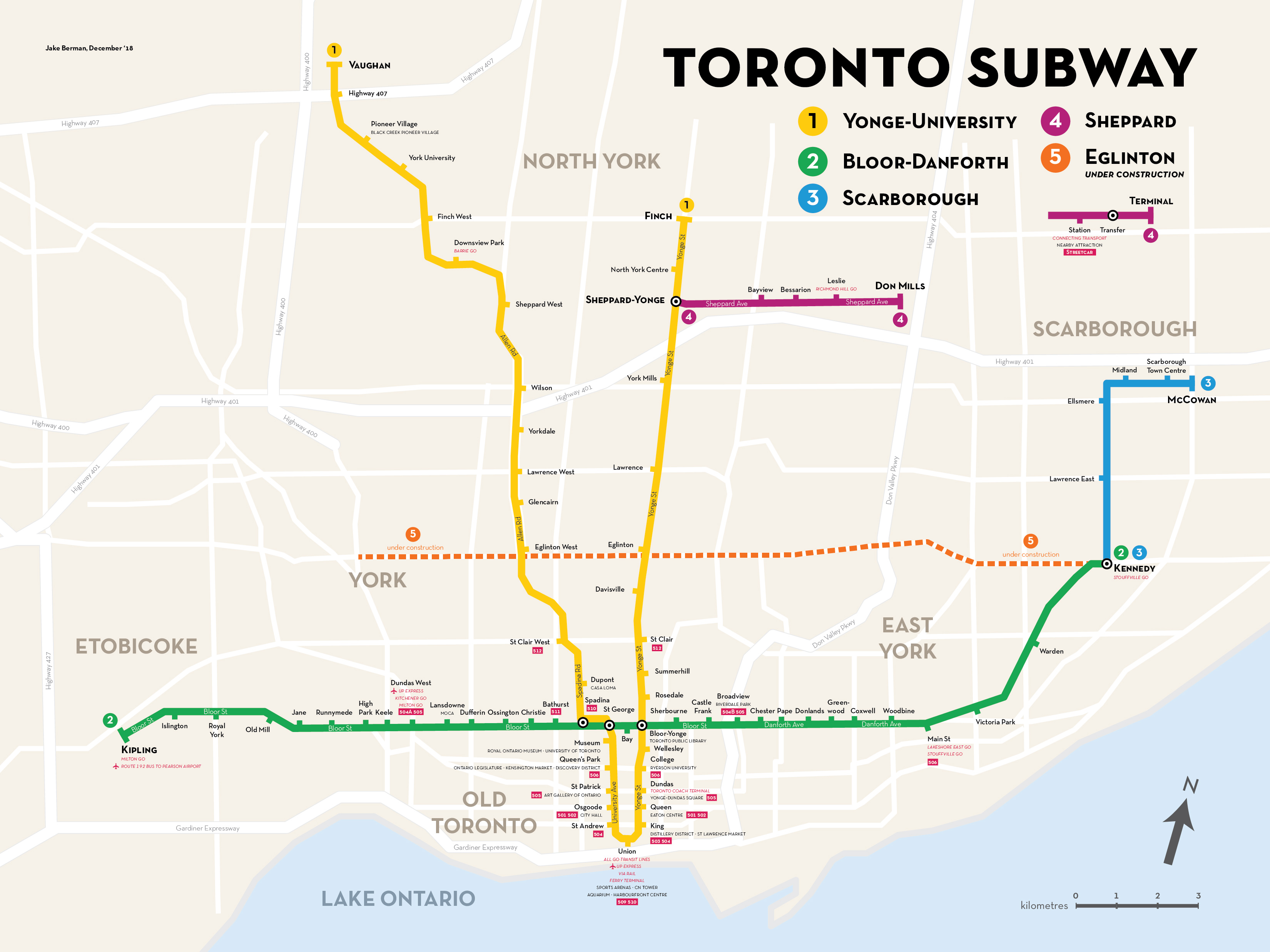
 Alsace
Alsace

 Auvergne-Rhône-Alpes
Auvergne-Rhône-Alpes
 Bourgogne
Bourgogne

 Bourgogne-Franche-Comté
Bourgogne-Franche-Comté

 Bretagne
Bretagne

 Centre-Val de Loire
Centre-Val de Loire
 Champagne-Ardenne
Champagne-Ardenne

 Corse
Corse
 Franche-Comté
Franche-Comté
 France
France

 Grand Est
Grand Est

 Hauts-de-France
Hauts-de-France

 Ile-de-France
Ile-de-France
 Lorraine
Lorraine
 Nord-Pas-de-Calais
Nord-Pas-de-Calais

 Normandie
Normandie

 Normandie
Normandie

 Normandie
Normandie

 Nouvelle-Aquitaine
Nouvelle-Aquitaine

 Occitania
Occitania

 Pays-de-la-Loire
Pays-de-la-Loire
 Picardie
Picardie

 Provence-Alpes-Côte d´Azur
Provence-Alpes-Côte d´Azur
 High speed train technology
High speed train technology
 Rad-Schiene-System
Rad-Schiene-System
 High speed train technology
High speed train technology
 Central drive
Central drive

 Transport and traffic
Transport and traffic
 High speed traffic
High speed traffic

 Transport and traffic
Transport and traffic
 High speed train technology
High speed train technology


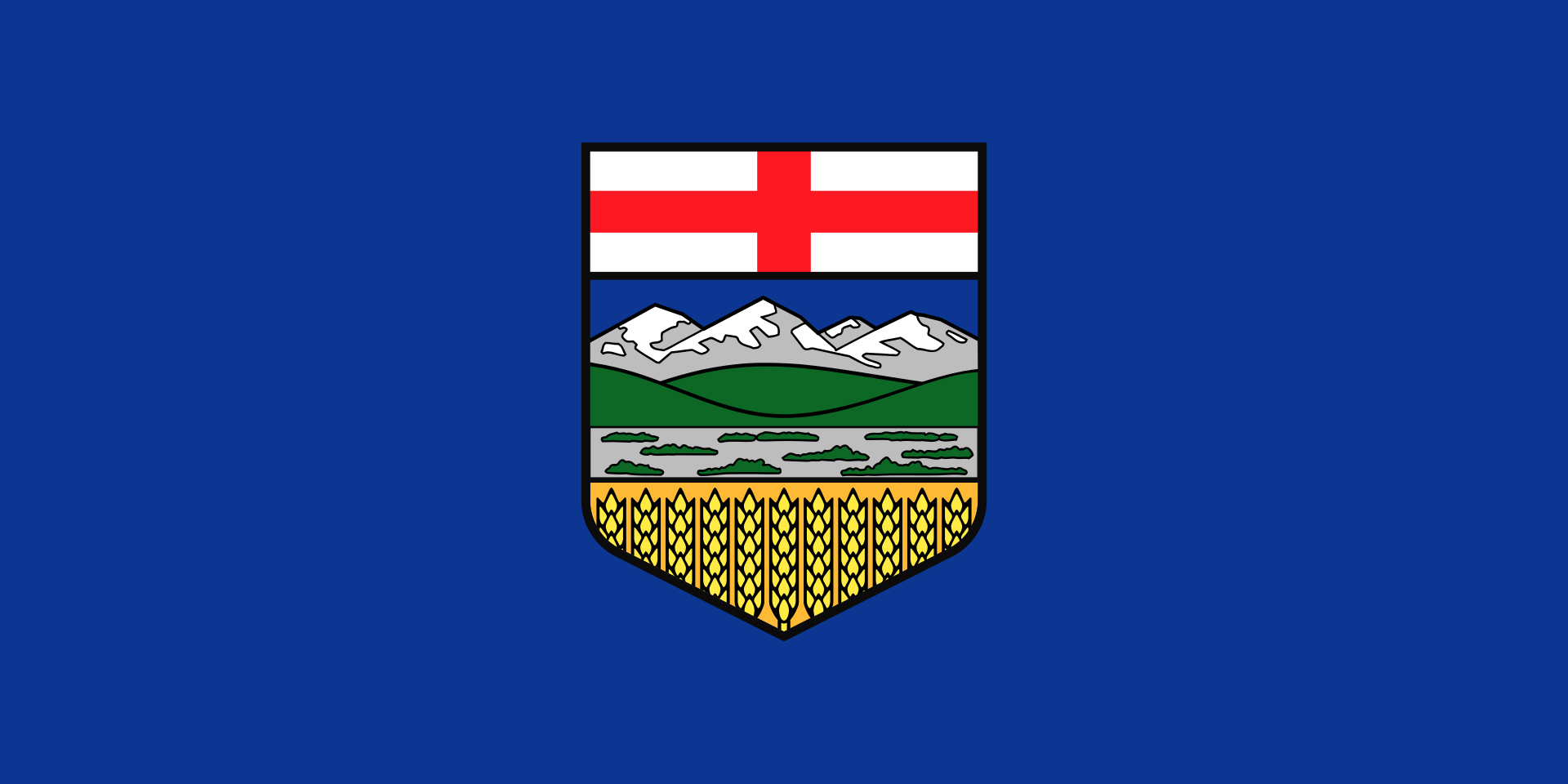 Alberta-AB
Alberta-AB

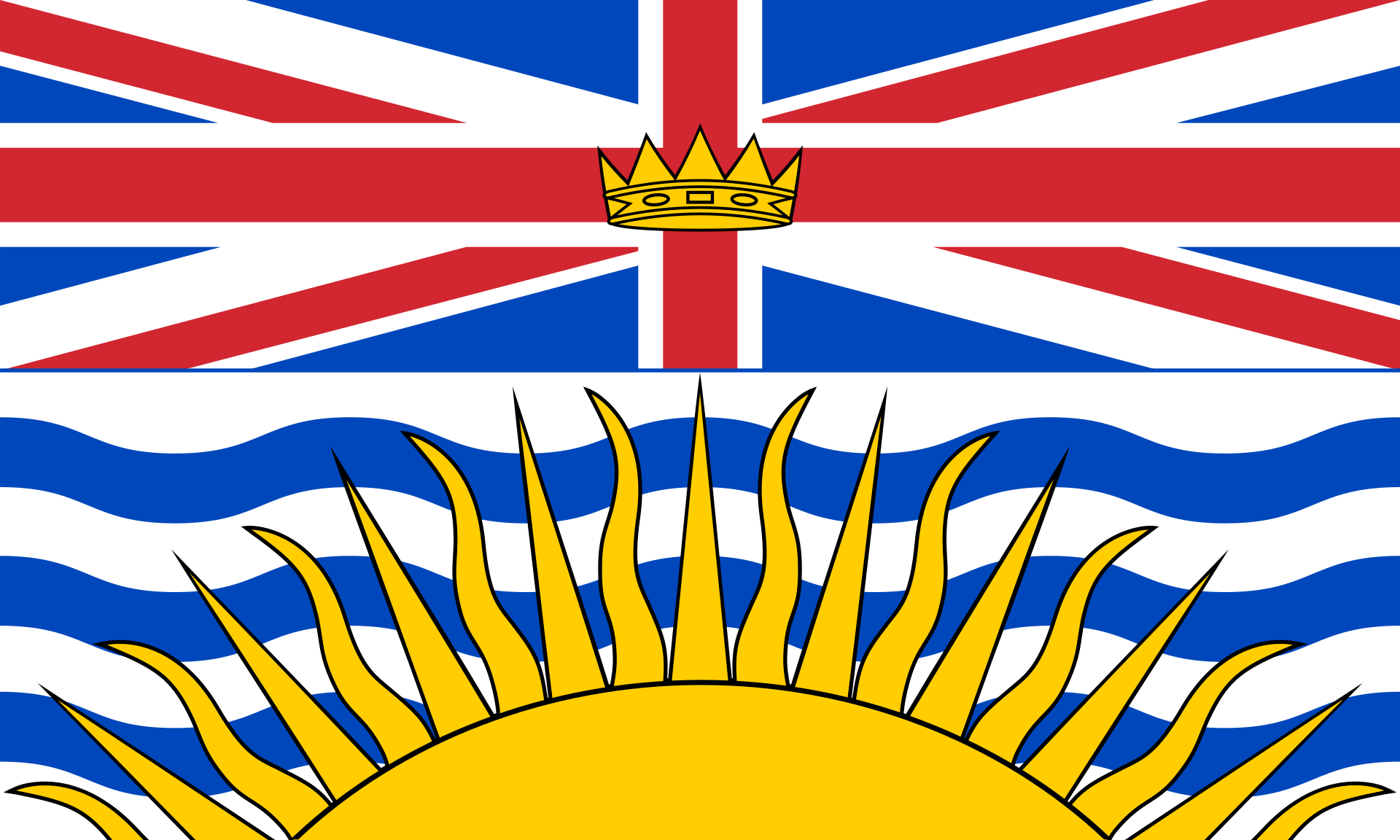 British Columbia-BC
British Columbia-BC
 Canada
Canada

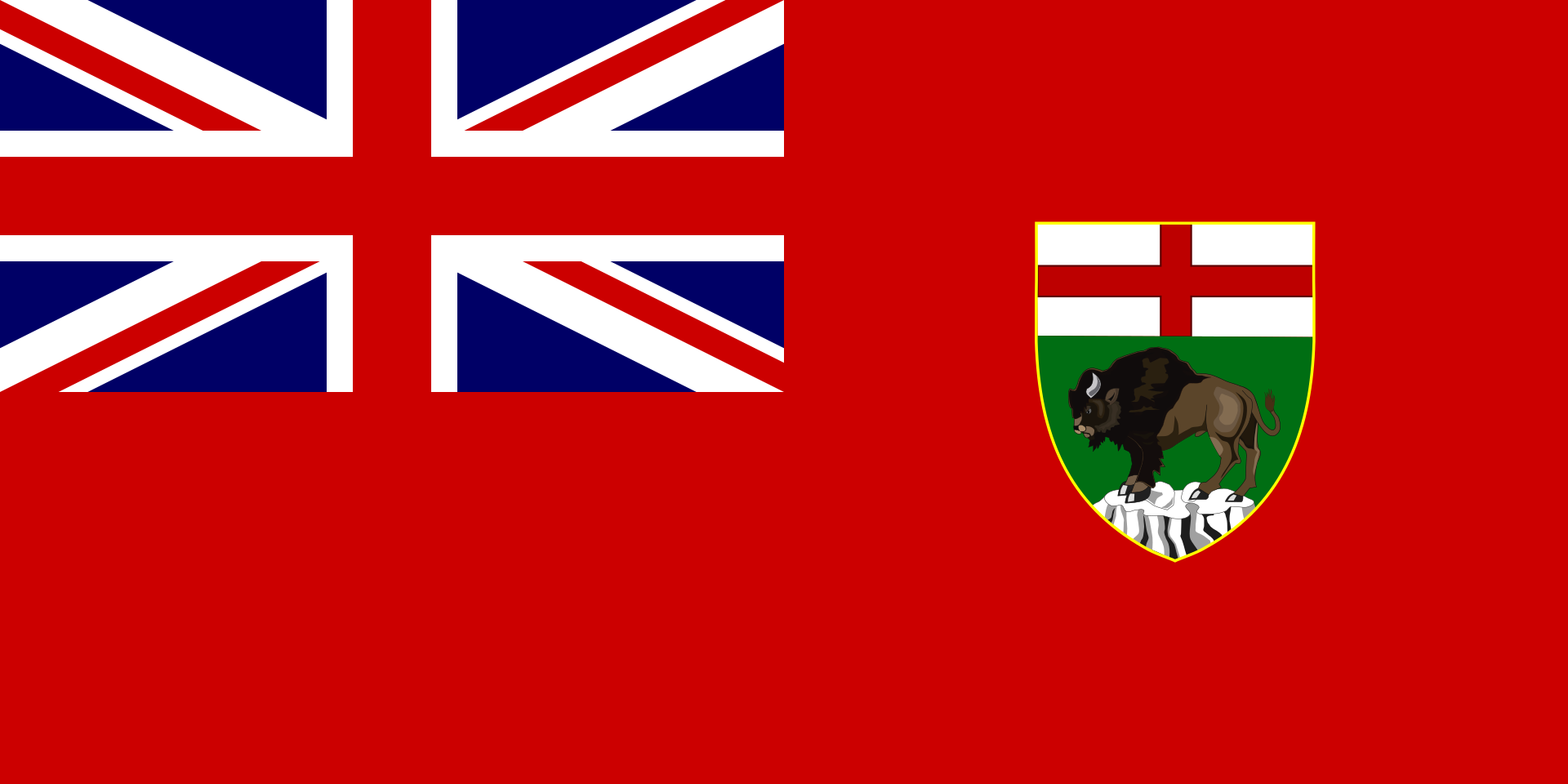 Manitoba-MB
Manitoba-MB

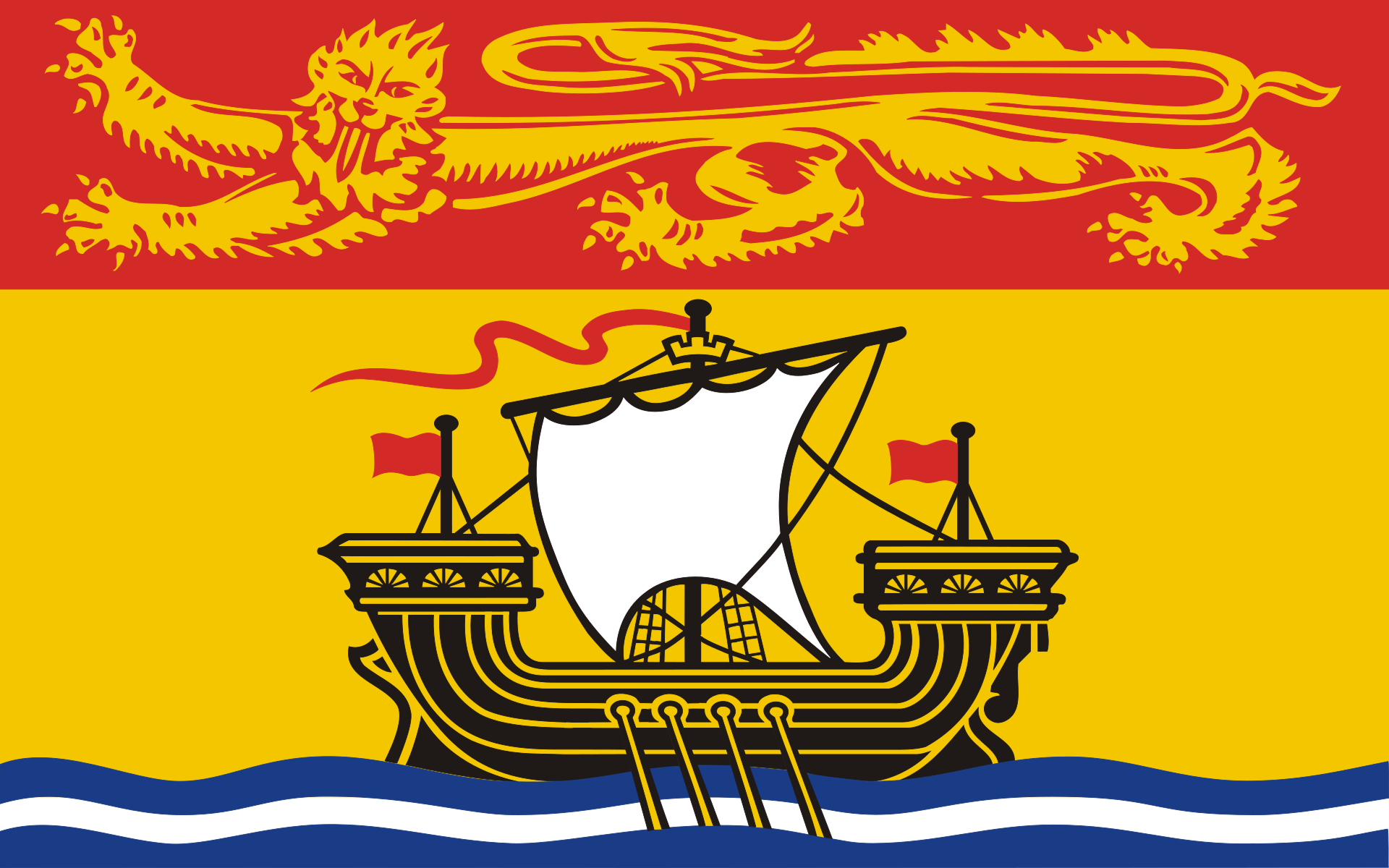 New Brunswick-NB
New Brunswick-NB

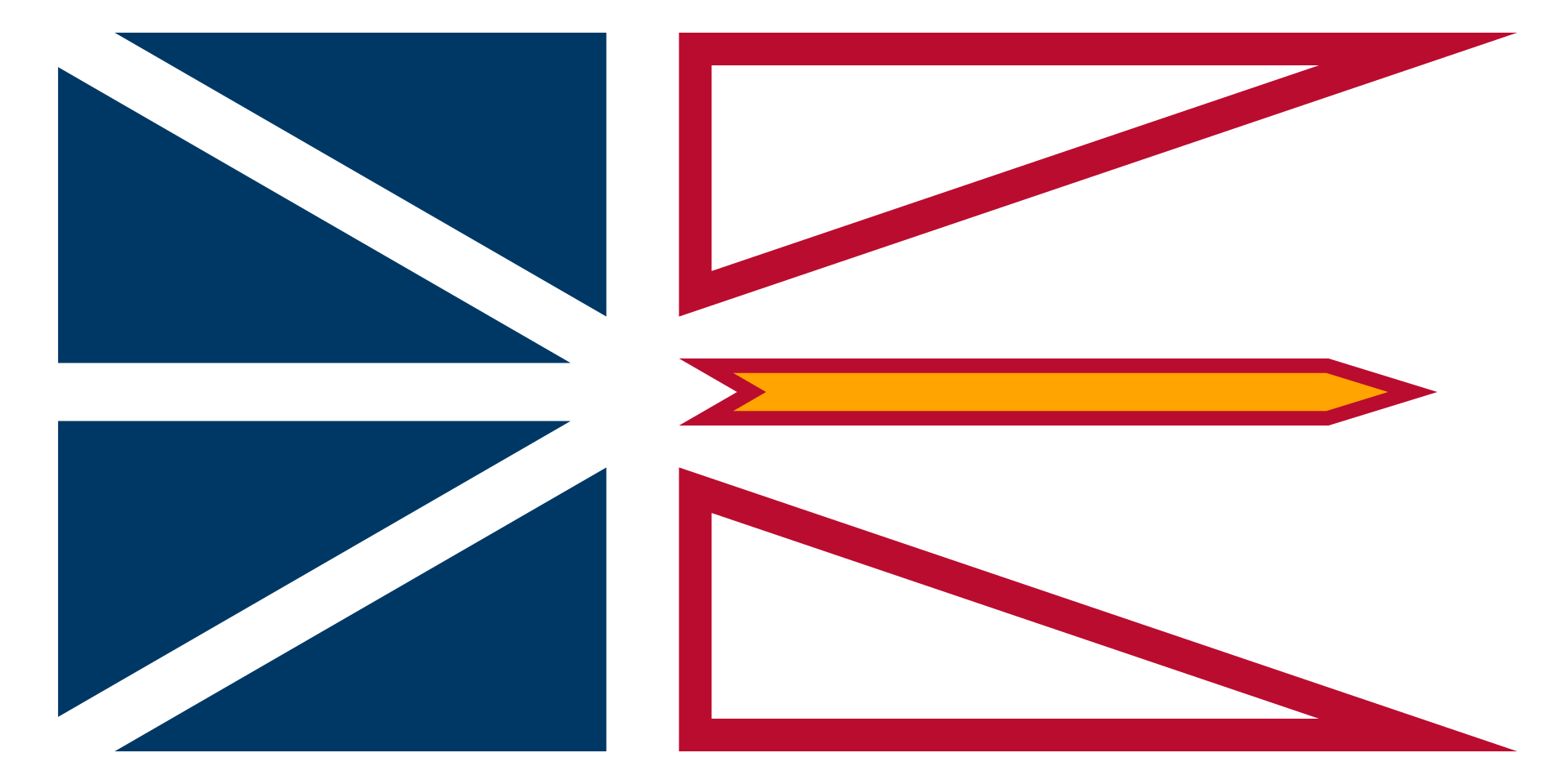 Newfoundland and Labrador-NL
Newfoundland and Labrador-NL

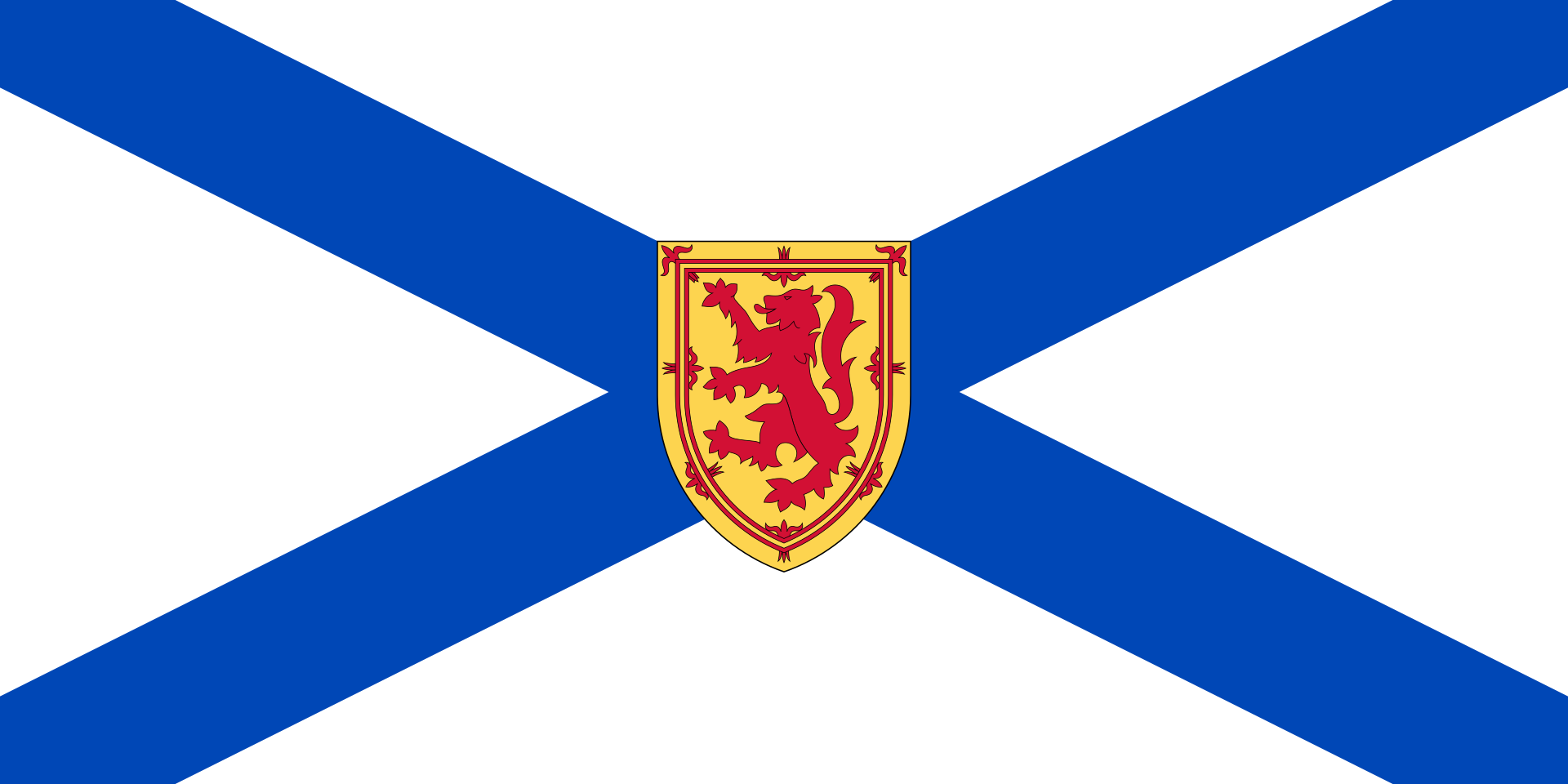 Nova Scotia-NS
Nova Scotia-NS

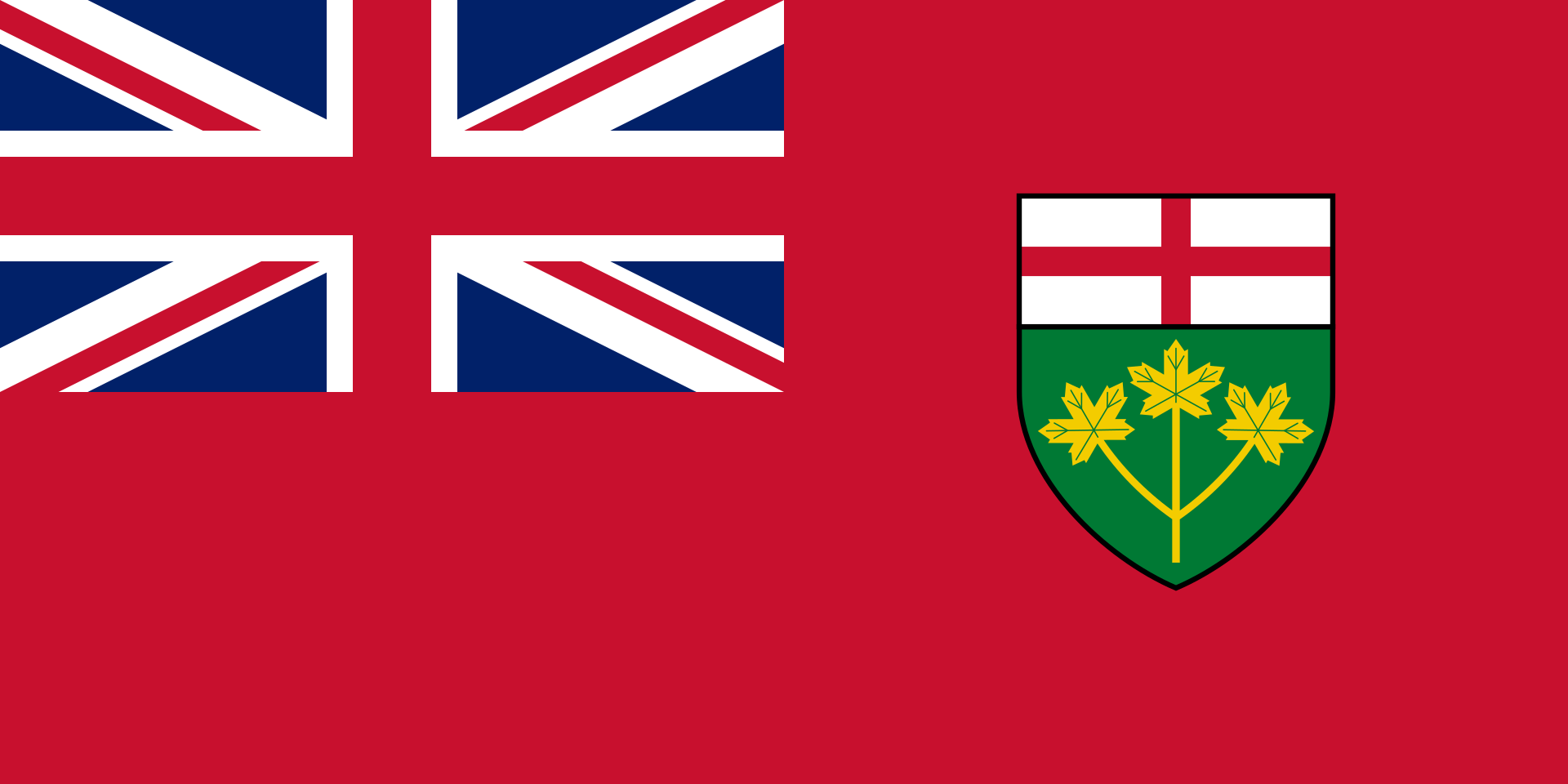 Ontario-ON
Ontario-ON

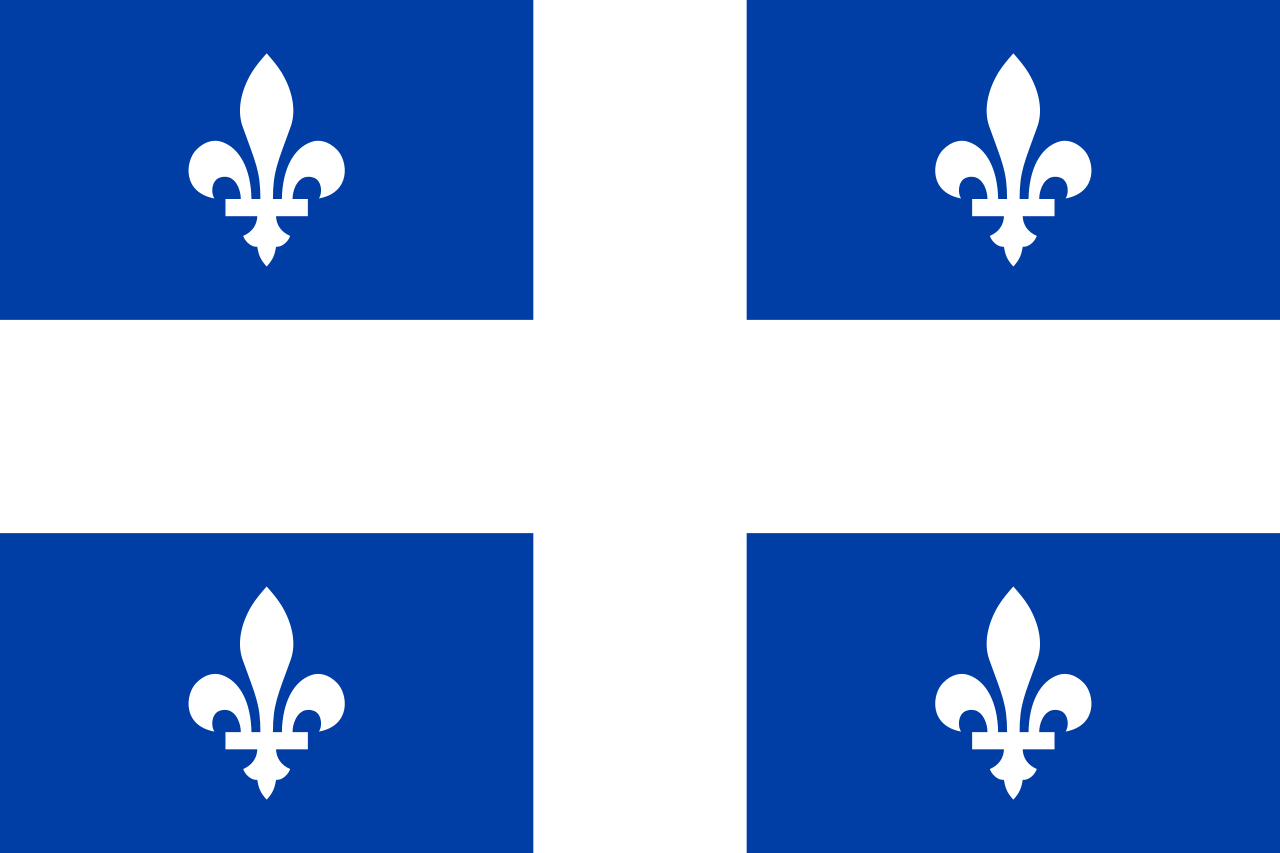 Quebec-QC
Quebec-QC

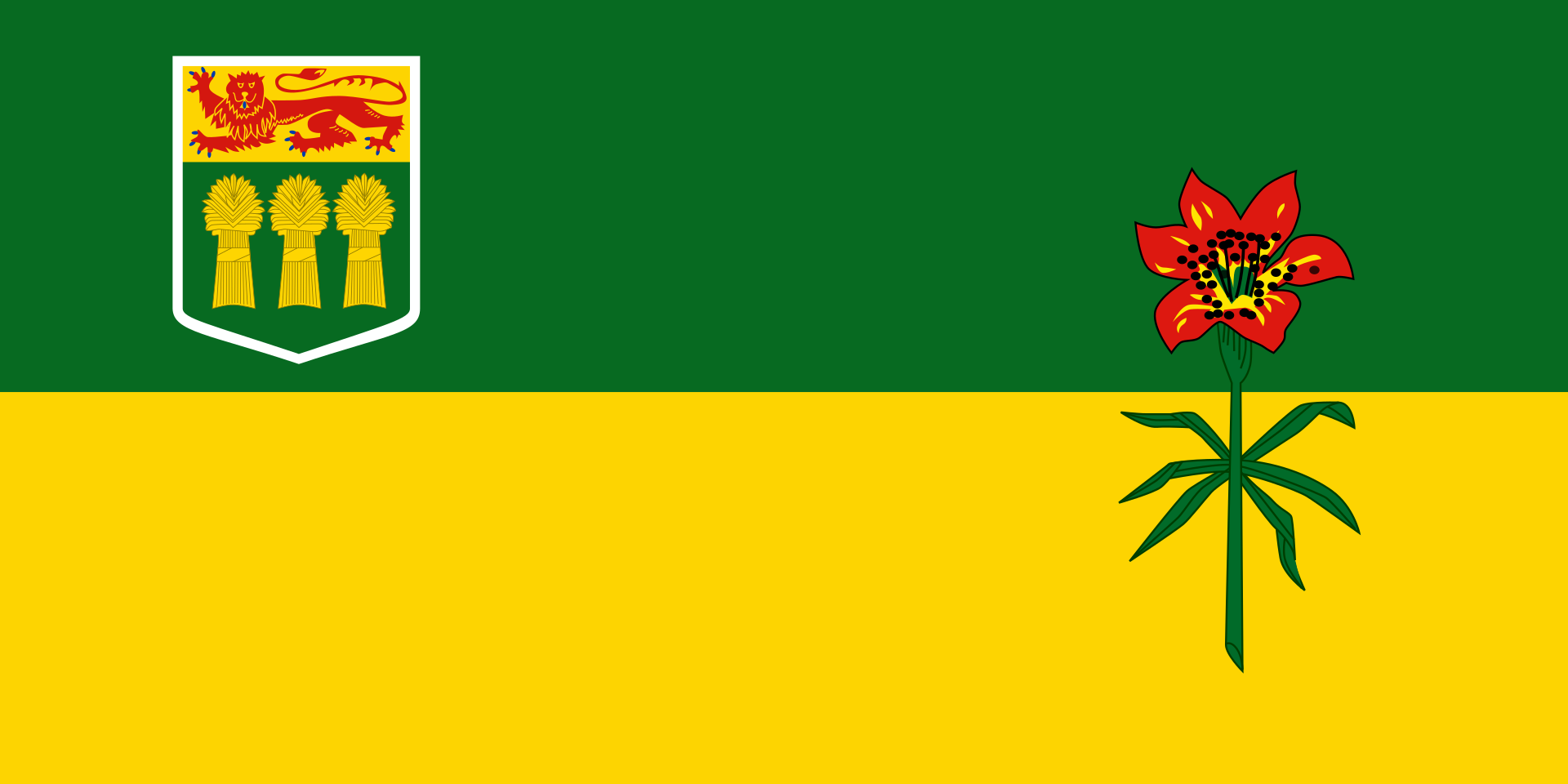 Saskatchewan-SK
Saskatchewan-SK

加拿大横贯公路 (英语:Trans-Canada Highway,法语:Route Transcanadienne),又称横加公路,是一个自西向东横贯加拿大全部十个省的公路系统。主线西起不列颠哥伦比亚省的省会维多利亚,东至纽芬兰和拉布拉多省的省会圣约翰斯,全长8,030公里[3]。系统另有数条支线,例如连接温尼伯和夏洛特皇后群岛的耶洛黑德公路。
《加拿大横贯公路法案》 (Trans-Canada Highway Act)在1948年获议会通过[4]。工程于1950年开始,[5]1962年启用,1971年完工。
由于加拿大国内公路系统的建造和管理都是由各省政府负责(而非联邦政府),横加公路系统中的干线编号亦因省而异。横加公路沿线设有绿底白枫叶的标记以作识别。
有别于美国的州际公路系统,横加公路并未全线达致高速公路标准,部分路段更只是双线行车。
トランスカナダハイウェイ(英語:Trans-Canada Highway、フランス語:Route transcanadienne)はカナダを東西に横断する幹線道路網。日本語では「カナダ大陸横断高速道路」と書かれることもある。
カナダの太平洋岸から大西洋岸まですべての州(準州は含まない)を通る。1948年のトランスカナダハイウェイ法にて制定され、1962年に供用開始、1970年に完成した。緑地に白のメイプルリーフ標識で表される。略称はTCH。
アメリカ合衆国の州間高速道路網と違い、トランスカナダハイウェイは交差点が点在する区間や片側一車線の対面通行の区間も多く、アメリカのUSハイウェイ道路網や日本の国道のように一般道路に割り当てられている区間も多い。
The Trans-Canada Highway (French: Route Transcanadienne; abbreviated as TCH or T-Can[3]) is a transcontinental federal-provincial highway system that travels through all ten provinces of Canada from the Pacific Ocean on the west to the Atlantic on the east. The main route spans 7,821 km (4,860 mi) across the country, one of the longest routes of its type in the world.[4] The highway system is recognizable by its distinctive white-on-green maple leaf route markers, although there are small variations in the markers in some provinces.
Throughout much of Canada, there are at least two routes designated as part of the Trans-Canada Highway (TCH). For example, in the western provinces, both the main Trans-Canada route and the Yellowhead Highway are part of the Trans-Canada system. Although the TCH, being strictly a transcontinental route, does not enter any of Canada's three northern territories or run to the Canada–US border, the Trans-Canada Highway forms part of Canada's overall National Highway System (NHS), providing connections to the Northwest Territories, Yukon and the border, although the NHS (apart from the TCH sections) is unsigned.[5]
La route Transcanadienne est un système de voies routières à régime fédéral-provincial qui relie les dix provinces du Canada. Ce réseau n'est pas une simple route, car il est à certains endroits composé de deux, voire trois routes parallèles. Par exemple, dans l'ouest du pays, la Route Yellowhead est une branche de la Transcanadienne parallèle à la route originale. La construction de la route fut décidée en 1948, débuta en 1950 pour se terminer en 1970. La route fut inaugurée en 1962. Elle fait actuellement 7 821 kilomètres de long, s'étendant d'un océan à l'autre, du Pacifique à l'Atlantique. Elle est la route « nationale » la plus longue du monde. Il faut préciser que le Canada n'a pas de système routier national, car les routes sont de compétence provinciale. Toutefois, l'entretien de la Transcanadienne est financé par le gouvernement fédéral qui, chaque année, octroie de l'argent aux provinces.
Contrairement au système Interstate des États-Unis, la route Transcanadienne n'est pas toujours une autoroute ou même une route à 4 voies divisées. En 2000, le gouvernement de Jean Chrétien a étudié la possibilité de financer la transformation de la Transcanadienne en autoroute à 4 voies à la grandeur du pays. Finalement, cette idée fut abandonnée car certaines portions de la route ne sont pas assez achalandées pour justifier ce projet. Les provinces ont préféré investir dans des axes routiers plus achalandés et plus commerciaux, comme les liaisons avec les États-Unis. Malgré cela, certaines sections ont été ou seront transformées en autoroute, comme la Route 185 du Québec qui deviendra l'Autoroute 85. Un autre exemple est la Route 2 du Nouveau-Brunswick. Au milieu des années 1980, cette route de plus de 500 km était à deux voies et souvent à accès non limité. En 1987, le gouvernement de la province lança le projet de transformation de la route en autoroute à 4 voies à chaussées séparées. La transformation se termina 20 ans plus tard, à l'automne 2007.
Étant donné que les routes relèvent des provinces, la numérotation de la Transcanadienne relève de celles-ci. Les provinces de l'Ouest (Colombie-Britannique, Alberta, Saskatchewan et Manitoba) ont harmonisé leurs numéros de routes, ainsi l'axe principal de la Transcanadienne, l'axe sud, est appelé Route 1. L'axe nord, la Route Yellowhead, pour sa part est désignée Route 16. Dans l'est du pays, la situation est complètement différente, le numéro de la route change à chaque frontière provinciale. Ceci est dû au fait que la Transcanadienne est composée de sections de routes importantes qui existaient avant son introduction. Il est peu probable que la route ait un jour une désignation uniforme à la grandeur du pays. Ceci serait incompatible avec le système de numérotation des provinces, comme celui du Québec qui est basé sur la géographie (voir Routes provinciales du Québec).
L'autostrada Transcanadese (TCH) (in inglese: Trans-Canada Highway; in francese: Route Transcanadienne) è un sistema di autostrade misto a strade di giurisdizione federale e provinciale che unisce le dieci province del Canada.
Si contende il titolo di autostrada più lunga del mondo con l'autostrada Trans-Siberiana e la Highway 1 dell'Australia. È una delle più lunghe autostrade nazionali del mondo, con una rotta principale che si estende per 8.030 km (4.990 miglia)[1]. Il sistema venne approvato grazie al Trans-Canada Highway Act del 1948,[2] e vide l'inizio della costruzione nel 1950.[3] Ufficialmente l'autostrada venne aperta nel 1962, e venne completata nel 1971. Il sistema di autostrade è riconoscibile per il logo verde su bianco a forma di foglia d'acero (maple leaf) che marca gli accessi, e i numeri delle strade. La Trans-Canada Highway viene spesso abbreviata come TCH.
Attraverso il Canada, vi sono almeno due percorsi designati come facenti parte della Trans-Canada Highway. Ad esempio, nelle province occidentali, sia la Trans-Canada route principale che la Yellowhead Highway formano parte del sistema della Trans-Canada.
La Carretera Transcanadiense (en inglés: Trans-Canada Highway, en francés: Route Transcanadienne) es un sistema vial de carreteras federal-provincial que enlaza las diez provincias de Canadá. Esta carretera es, después de la Australia's Highway 1 y de la Carretera transiberiana, la tercera autopista nacional más larga del mundo, ya que su ruta principal atraviesa 7821 kilómetros. El sistema fue aprobado mediante la Ley de la Carretera Transcanadiense de 1948 (Trans-Canada Highway Act of 1948), si bien la construcción no comenzó hasta 1950. Fue abierta al tráfico oficialmente en 1962 y terminada en 1971.
Atraviesa algunas de las principales ciudades del país como son Vancouver, Calgary, Montreal, Winnipeg, Ottawa, Quebec, Victoria y Edmonton.
Транскана́дское шоссе́ (англ. Trans-Canada Highway, TCH, фр. Route Transcanadienne) — федерально-провинциальная сеть автомобильных дорог, соединяющая десять провинций Канады. Вместе с Транссибирским шоссе и австралийским шоссе 1 оно является одной из самых длинных в мире национальных скоростных автострад: длина магистрали составляет 8030 км. Сеть была одобрена Законом о Трансканадском шоссе 1948 г., а строительство началось в 1950 г. Официально шоссе было открыто в 1962 г., а завершено в 1971 г. Эта сеть автомобильных дорог отличается от других шоссе легко узнаваемыми бело-зелёными дорожными указателями с кленовым листом.
На протяжении всей Канады существует не менее двух трасс, считающихся частью Трансканадского шоссе. Например, в западных провинциях частью трансканадской сети являются Трансканадская магистраль и Йеллоухедское шоссе.
加拿大横贯公路 (英语:Trans-Canada Highway,法语:Route Transcanadienne),又称横加公路,是一个自西向东横贯加拿大全部十个省的公路系统。主线西起不列颠哥伦比亚省的省会维多利亚,东至纽芬兰和拉布拉多省的省会圣约翰斯,全长8,030公里[3]。系统另有数条支线,例如连接温尼伯和夏洛特皇后群岛的耶洛黑德公路。
《加拿大横贯公路法案》 (Trans-Canada Highway Act)在1948年获议会通过[4]。工程于1950年开始,[5]1962年启用,1971年完工。
由于加拿大国内公路系统的建造和管理都是由各省政府负责(而非联邦政府),横加公路系统中的干线编号亦因省而异。横加公路沿线设有绿底白枫叶的标记以作识别。
有别于美国的州际公路系统,横加公路并未全线达致高速公路标准,部分路段更只是双线行车。
Der Trans-Canada Highway (TCH; frz. Route Transcanadienne) ist die einzige Bundesstraße (Federal Highway) Kanadas, die mit einigen Verzweigungen ein Verbindungssystem durch zehn Provinzen des Landes bildet. Mit über 7000 km stellt der TCH sowohl die einzige durchgehende transkontinentale Straßenverbindung Kanadas als auch die drittlängste Straßenverbindung der Welt dar. Die „Transsibirische Straße“ in Russland und der Highway 1 in Australien sind länger als der TCH. Der Yellowhead Highway bildet den nördlichen Zweig des TCH in den westlichen Provinzen. Der Trans-Canada Highway wurde zwar schon 1962 eröffnet, aber erst 1970 fertiggestellt. Zwischenzeitlich ist er größtenteils vierspurig und kreuzungsfrei ausgebaut.
トランスカナダハイウェイ(英語:Trans-Canada Highway、フランス語:Route transcanadienne)はカナダを東西に横断する幹線道路網。日本語では「カナダ大陸横断高速道路」と書かれることもある。
カナダの太平洋岸から大西洋岸まですべての州(準州は含まない)を通る。1948年のトランスカナダハイウェイ法にて制定され、1962年に供用開始、1970年に完成した。緑地に白のメイプルリーフ標識で表される。略称はTCH。
アメリカ合衆国の州間高速道路網と違い、トランスカナダハイウェイは交差点が点在する区間や片側一車線の対面通行の区間も多く、アメリカのUSハイウェイ道路網や日本の国道のように一般道路に割り当てられている区間も多い。
The Trans-Canada Highway (French: Route Transcanadienne; abbreviated as TCH or T-Can[3]) is a transcontinental federal-provincial highway system that travels through all ten provinces of Canada from the Pacific Ocean on the west to the Atlantic on the east. The main route spans 7,821 km (4,860 mi) across the country, one of the longest routes of its type in the world.[4] The highway system is recognizable by its distinctive white-on-green maple leaf route markers, although there are small variations in the markers in some provinces.
Throughout much of Canada, there are at least two routes designated as part of the Trans-Canada Highway (TCH). For example, in the western provinces, both the main Trans-Canada route and the Yellowhead Highway are part of the Trans-Canada system. Although the TCH, being strictly a transcontinental route, does not enter any of Canada's three northern territories or run to the Canada–US border, the Trans-Canada Highway forms part of Canada's overall National Highway System (NHS), providing connections to the Northwest Territories, Yukon and the border, although the NHS (apart from the TCH sections) is unsigned.[5]
La route Transcanadienne est un système de voies routières à régime fédéral-provincial qui relie les dix provinces du Canada. Ce réseau n'est pas une simple route, car il est à certains endroits composé de deux, voire trois routes parallèles. Par exemple, dans l'ouest du pays, la Route Yellowhead est une branche de la Transcanadienne parallèle à la route originale. La construction de la route fut décidée en 1948, débuta en 1950 pour se terminer en 1970. La route fut inaugurée en 1962. Elle fait actuellement 7 821 kilomètres de long, s'étendant d'un océan à l'autre, du Pacifique à l'Atlantique. Elle est la route « nationale » la plus longue du monde. Il faut préciser que le Canada n'a pas de système routier national, car les routes sont de compétence provinciale. Toutefois, l'entretien de la Transcanadienne est financé par le gouvernement fédéral qui, chaque année, octroie de l'argent aux provinces.
Contrairement au système Interstate des États-Unis, la route Transcanadienne n'est pas toujours une autoroute ou même une route à 4 voies divisées. En 2000, le gouvernement de Jean Chrétien a étudié la possibilité de financer la transformation de la Transcanadienne en autoroute à 4 voies à la grandeur du pays. Finalement, cette idée fut abandonnée car certaines portions de la route ne sont pas assez achalandées pour justifier ce projet. Les provinces ont préféré investir dans des axes routiers plus achalandés et plus commerciaux, comme les liaisons avec les États-Unis. Malgré cela, certaines sections ont été ou seront transformées en autoroute, comme la Route 185 du Québec qui deviendra l'Autoroute 85. Un autre exemple est la Route 2 du Nouveau-Brunswick. Au milieu des années 1980, cette route de plus de 500 km était à deux voies et souvent à accès non limité. En 1987, le gouvernement de la province lança le projet de transformation de la route en autoroute à 4 voies à chaussées séparées. La transformation se termina 20 ans plus tard, à l'automne 2007.
Étant donné que les routes relèvent des provinces, la numérotation de la Transcanadienne relève de celles-ci. Les provinces de l'Ouest (Colombie-Britannique, Alberta, Saskatchewan et Manitoba) ont harmonisé leurs numéros de routes, ainsi l'axe principal de la Transcanadienne, l'axe sud, est appelé Route 1. L'axe nord, la Route Yellowhead, pour sa part est désignée Route 16. Dans l'est du pays, la situation est complètement différente, le numéro de la route change à chaque frontière provinciale. Ceci est dû au fait que la Transcanadienne est composée de sections de routes importantes qui existaient avant son introduction. Il est peu probable que la route ait un jour une désignation uniforme à la grandeur du pays. Ceci serait incompatible avec le système de numérotation des provinces, comme celui du Québec qui est basé sur la géographie (voir Routes provinciales du Québec).
L'autostrada Transcanadese (TCH) (in inglese: Trans-Canada Highway; in francese: Route Transcanadienne) è un sistema di autostrade misto a strade di giurisdizione federale e provinciale che unisce le dieci province del Canada.
Si contende il titolo di autostrada più lunga del mondo con l'autostrada Trans-Siberiana e la Highway 1 dell'Australia. È una delle più lunghe autostrade nazionali del mondo, con una rotta principale che si estende per 8.030 km (4.990 miglia)[1]. Il sistema venne approvato grazie al Trans-Canada Highway Act del 1948,[2] e vide l'inizio della costruzione nel 1950.[3] Ufficialmente l'autostrada venne aperta nel 1962, e venne completata nel 1971. Il sistema di autostrade è riconoscibile per il logo verde su bianco a forma di foglia d'acero (maple leaf) che marca gli accessi, e i numeri delle strade. La Trans-Canada Highway viene spesso abbreviata come TCH.
Attraverso il Canada, vi sono almeno due percorsi designati come facenti parte della Trans-Canada Highway. Ad esempio, nelle province occidentali, sia la Trans-Canada route principale che la Yellowhead Highway formano parte del sistema della Trans-Canada.
La Carretera Transcanadiense (en inglés: Trans-Canada Highway, en francés: Route Transcanadienne) es un sistema vial de carreteras federal-provincial que enlaza las diez provincias de Canadá. Esta carretera es, después de la Australia's Highway 1 y de la Carretera transiberiana, la tercera autopista nacional más larga del mundo, ya que su ruta principal atraviesa 7821 kilómetros. El sistema fue aprobado mediante la Ley de la Carretera Transcanadiense de 1948 (Trans-Canada Highway Act of 1948), si bien la construcción no comenzó hasta 1950. Fue abierta al tráfico oficialmente en 1962 y terminada en 1971.
Atraviesa algunas de las principales ciudades del país como son Vancouver, Calgary, Montreal, Winnipeg, Ottawa, Quebec, Victoria y Edmonton.
Транскана́дское шоссе́ (англ. Trans-Canada Highway, TCH, фр. Route Transcanadienne) — федерально-провинциальная сеть автомобильных дорог, соединяющая десять провинций Канады. Вместе с Транссибирским шоссе и австралийским шоссе 1 оно является одной из самых длинных в мире национальных скоростных автострад: длина магистрали составляет 8030 км. Сеть была одобрена Законом о Трансканадском шоссе 1948 г., а строительство началось в 1950 г. Официально шоссе было открыто в 1962 г., а завершено в 1971 г. Эта сеть автомобильных дорог отличается от других шоссе легко узнаваемыми бело-зелёными дорожными указателями с кленовым листом.
На протяжении всей Канады существует не менее двух трасс, считающихся частью Трансканадского шоссе. Например, в западных провинциях частью трансканадской сети являются Трансканадская магистраль и Йеллоухедское шоссе.
